Choosing the right cage for your leopard gecko is crucial for their health, happiness, and longevity. As a gecko parent, you want to provide a safe, comfortable, and stimulating environment. But with so many options available, how do you make the best choice?
Let’s explore the key factors to consider when selecting the perfect leopard gecko cage, and why certain features are essential for your scaly friend.

1. Size Matters: Room to Roam
Leopard geckos may be small, but they thrive in spacious environments. A common misconception is that smaller cages are sufficient. However, geckos need room to explore, exercise, and regulate their body temperature.
- Minimum Size Recommendation: A 20-gallon tank is the standard minimum for a single adult leopard gecko.
- Upsizing Benefits: Our Geckopia Stainless Steel Enclosure, with a 34-gallon capacity, offers ample space for your gecko to roam and thrive. Its dimensions (24"L x 18"W x 18"H) provide the perfect balance of roominess and accessibility. For larger adults, our 34-gallon to 40-gallon enclosures are excellent options, giving your gecko even more space to move around and feel at home.
2. Material Choices
The material of the cage impacts both the gecko's well-being and your ease of maintenance.
- Glass Tanks: Popular for their visibility and durability. They maintain humidity well but can be heavier. Our Geckopia Stainless Steel Enclosure is crafted from durable glass and aluminum, this sturdy construction ensures safety and longevity while allowing clear visibility.
- Plastic Enclosures: Lightweight and easier to clean, but they tend to turn yellow easily, and once scratches are made, it’s hard to remove them. Additionally, when heat pads or heat tapes are installed, plastic enclosures can melt, creating a dangerous environment for your reptile.
-
PVC Enclosures: A popular option for reptile enclosures due to their durability and lightweight nature. PVC is also resistant to scratching, maintains better insulation, and is easier to clean compared to plastic. These enclosures are a great choice for those seeking long-term, sturdy housing.
- Acrylic Enclosures: Acrylic is a clear, lightweight material that offers excellent visibility while being resistant to scratches. It’s less likely to crack than glass and has great insulation properties, keeping your gecko's environment stable. However, acrylic can be prone to scratching, which can compromise the clarity of the enclosure over time.
3. Essential Features: What to Look For
Your gecko's cage should include several key features:
- Secure Lid: To prevent escapes, ensure the lid is tightly secured.
- Ventilation: Adequate airflow is necessary to prevent mold and maintain healthy humidity levels. Good example is the Geckopia Stainless Steel Enclosure. It features a sturdy screen top that promotes airflow and allows UVB and infrared light to penetrate, crucial for maintaining healthy lighting conditions.
- Heating Elements: Belly heat is crucial for digestion. A heat mat or tape under the enclosure works best.
4. Lighting and Heating: Getting the Balance Right
While leopard geckos are crepuscular, proper lighting and heating are still necessary.
- UVB Lighting: Helps with vitamin D3 synthesis, even though it's not mandatory for all setups.
- Heating: Maintain a temperature gradient—hot side (88-92°F) and cool side (80-85°F).
5. Substrate Safety: What’s Best for Geckos?
Avoid loose substrates like sand or wood chips that can cause impaction if ingested. It's important to be cautious, as some types of sand can dissolve in water, while others do not. Sand that dissolves is typically digestible by your gecko, but non-dissolvable sand can be dangerous. Always consult with a vet before choosing the right substrate for your gecko.
- Safe Substrates: Paper towels or tiles are excellent choices. Coconut coir, sphagnum moss, and other similar substrates are often used by gecko owners and are suitable for creating a comfortable and safe environment. They provide good humidity control and are easy to maintain.
- Geckopia Premium Reptile Liner: If you don't want to deal with substrates at all, a simple, easy-to-use alternative that helps avoid the hassle of impaction. It’s washable and can go in the washer and dryer for quick and convenient cleaning, making it a great choice for gecko parents looking for an easy and effective solution.
6. Enrichment and Accessories: Keep It Interesting
Leopard geckos thrive with mental and physical stimulation. Include:
- Hides: Provide at least two—one on the warm side and one on the cool side.
- Climbing Structures: Encourage natural exploration with rocks, branches, or the Geckopia Flex Bridge.
- Water and Food Dishes: The Geckopia Triple Dish is a perfect all-in-one solution for food, water, and calcium. When sourcing live feeders, prioritize nutrition. Many keepers rely on staples like Dubia roaches for their balanced protein content. Ensuring your gecko receives healthy, gut-loaded feeders from reliable suppliers is an essential part of maintaining long-term health.
7. Nutrition and Feeding Tips
A balanced diet is essential for your leopard gecko’s health and energy levels. Feed a variety of gut-loaded insects such as Dubia roaches, crickets, and mealworms. Make sure all feeders are dusted with calcium powder to support strong bones and prevent metabolic bone disease.
A healthy diet not only keeps your gecko active and strong but also helps them feel secure enough to rest deeply. Proper nutrition, lighting, and temperature all work together to create a comfortable environment for natural behaviors.
8. Common Mistakes to Avoid
- Overcrowding: Avoid housing multiple geckos together unless you’re experienced in managing their social dynamics.
- Ignoring Humidity: Leopard geckos need a humid hide to aid in shedding. Consider using the Gecko Digbox to create the perfect environment for shedding and to provide your gecko with a safe, moist hide for comfort.
9. Personalizing Your Gecko’s Space
Every gecko has unique preferences. Observe their behavior and adjust the enclosure accordingly. Adding personal touches like plants or themed decor can also enhance their environment.
For a holistic approach, many owners utilize the Geckopia Gecko Place, which provides a comprehensive, meticulously planned environment built for maximum gecko comfort and security.
Your Gecko Deserves the Best
Choosing the perfect cage isn’t just about aesthetics—it’s about creating a habitat that supports your gecko’s physical and mental well-being. With the right setup, your gecko will thrive and bring joy to your life for years to come.
We Want to Hear from You! What are your go-to tips for setting up a leopard gecko cage? Share your thoughts in the comments below!






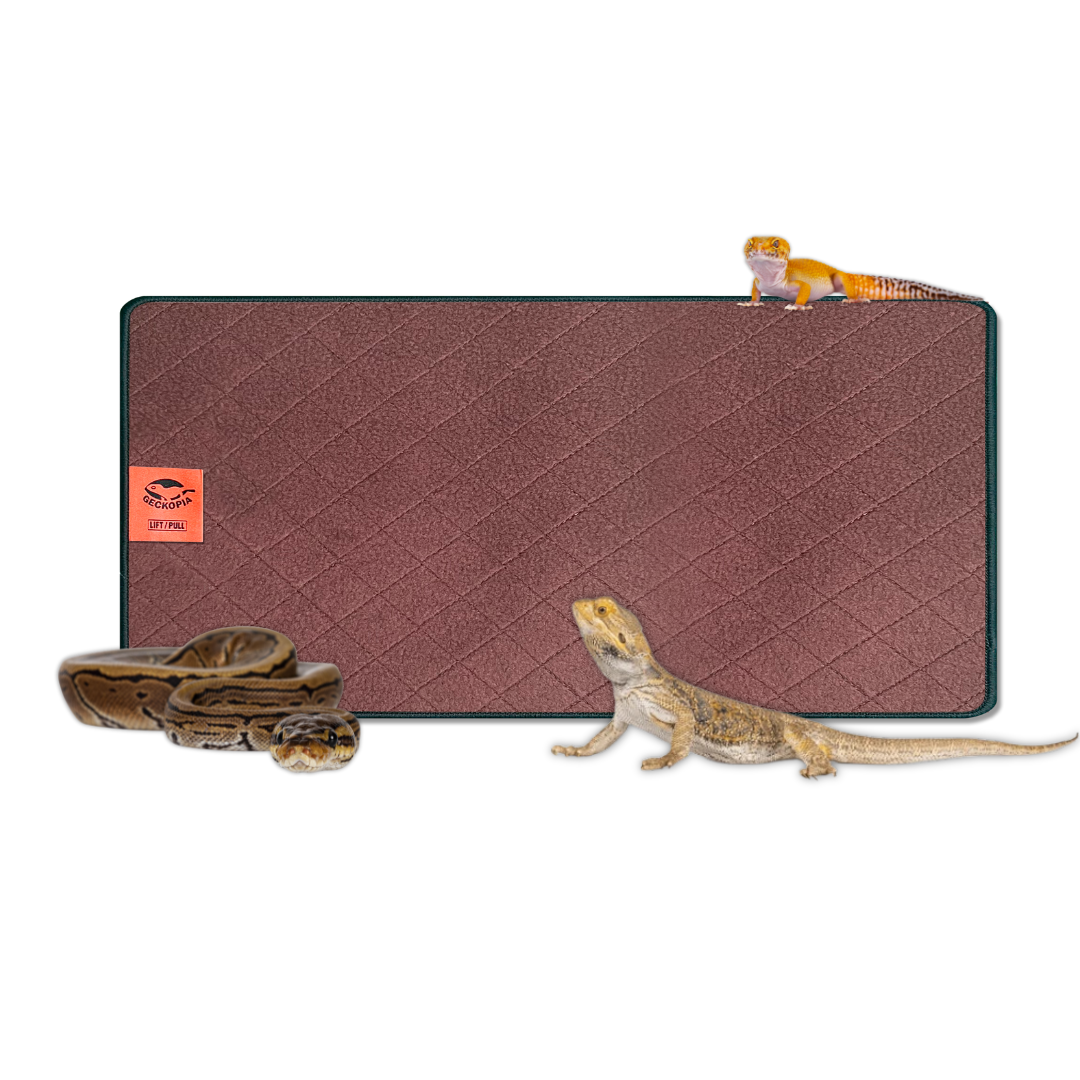
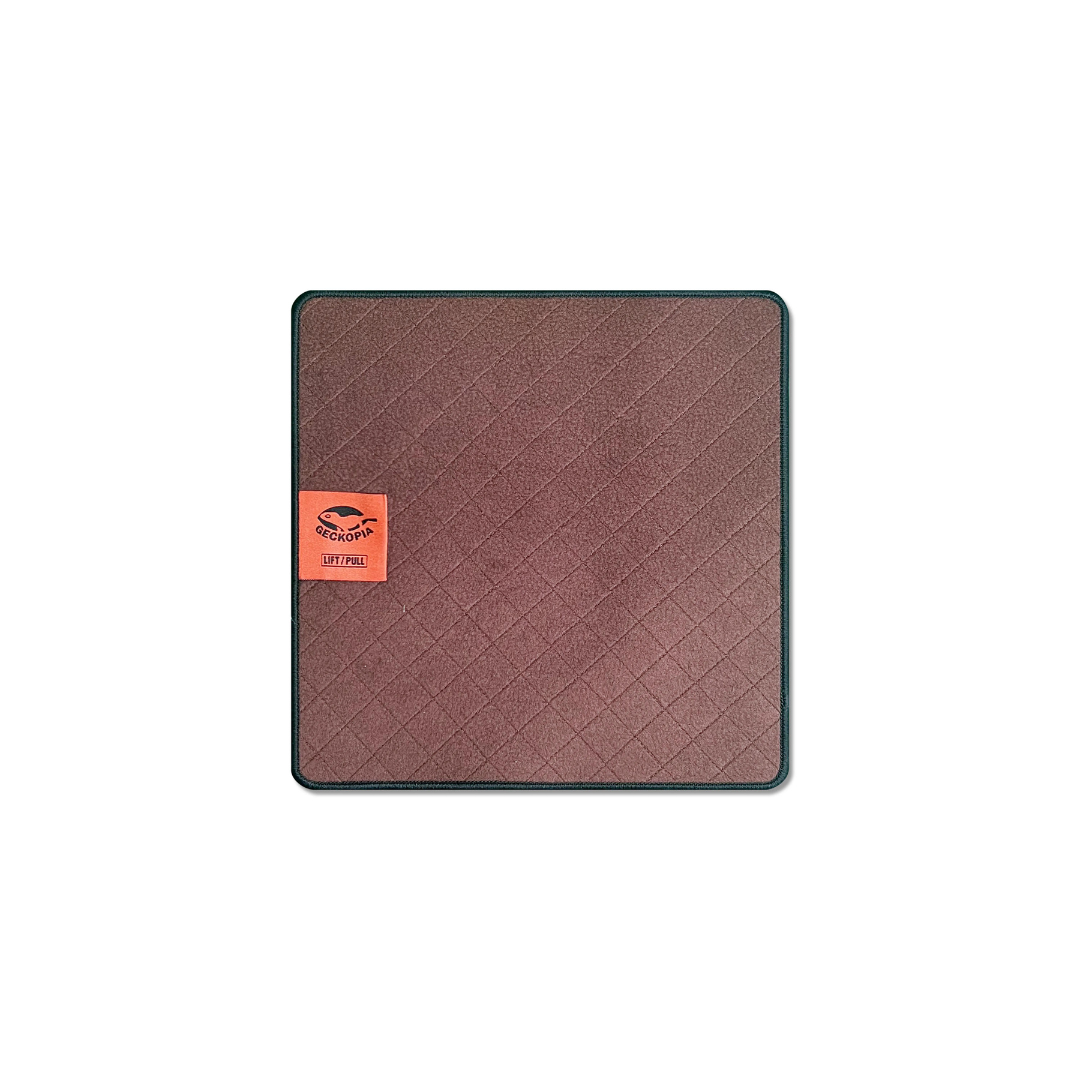
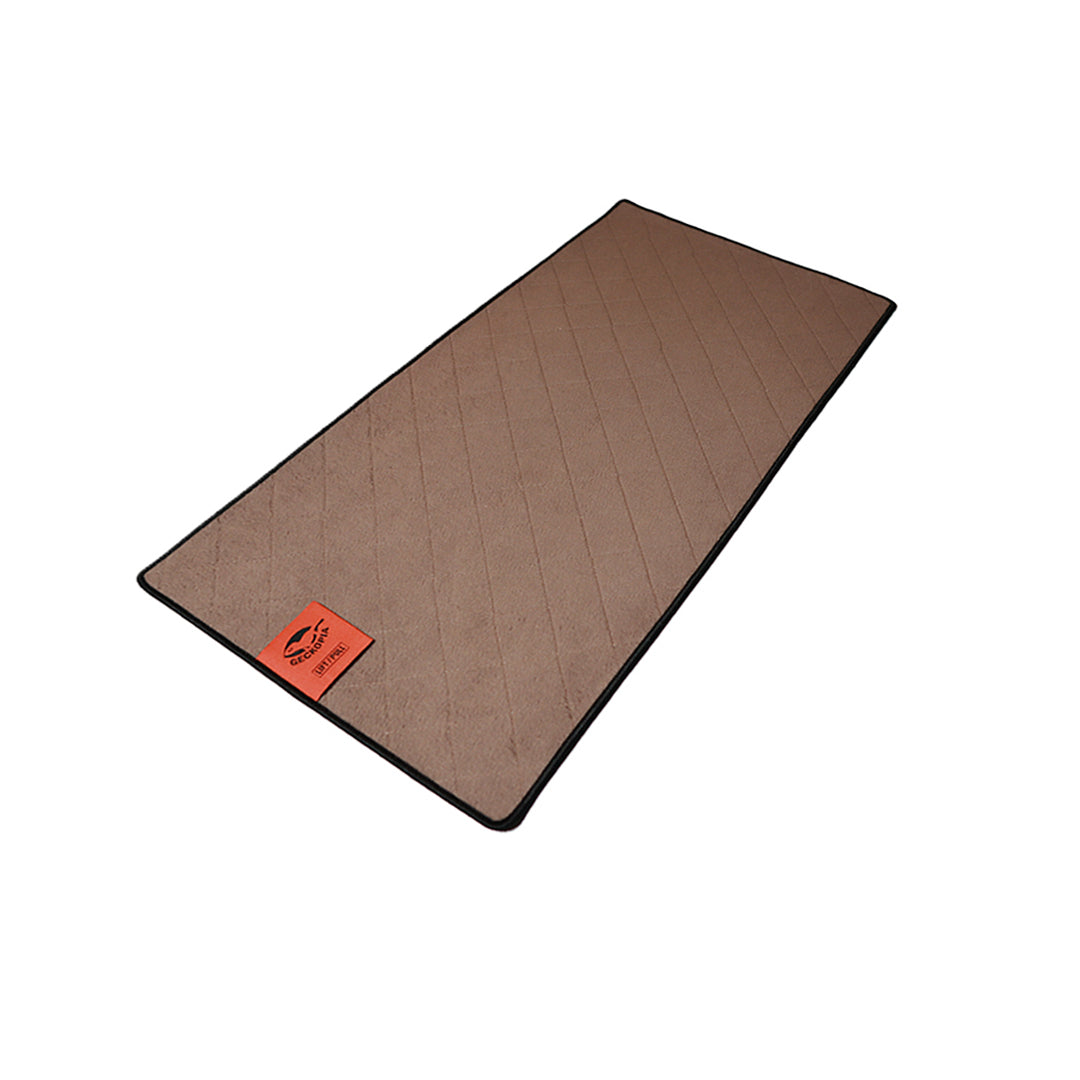
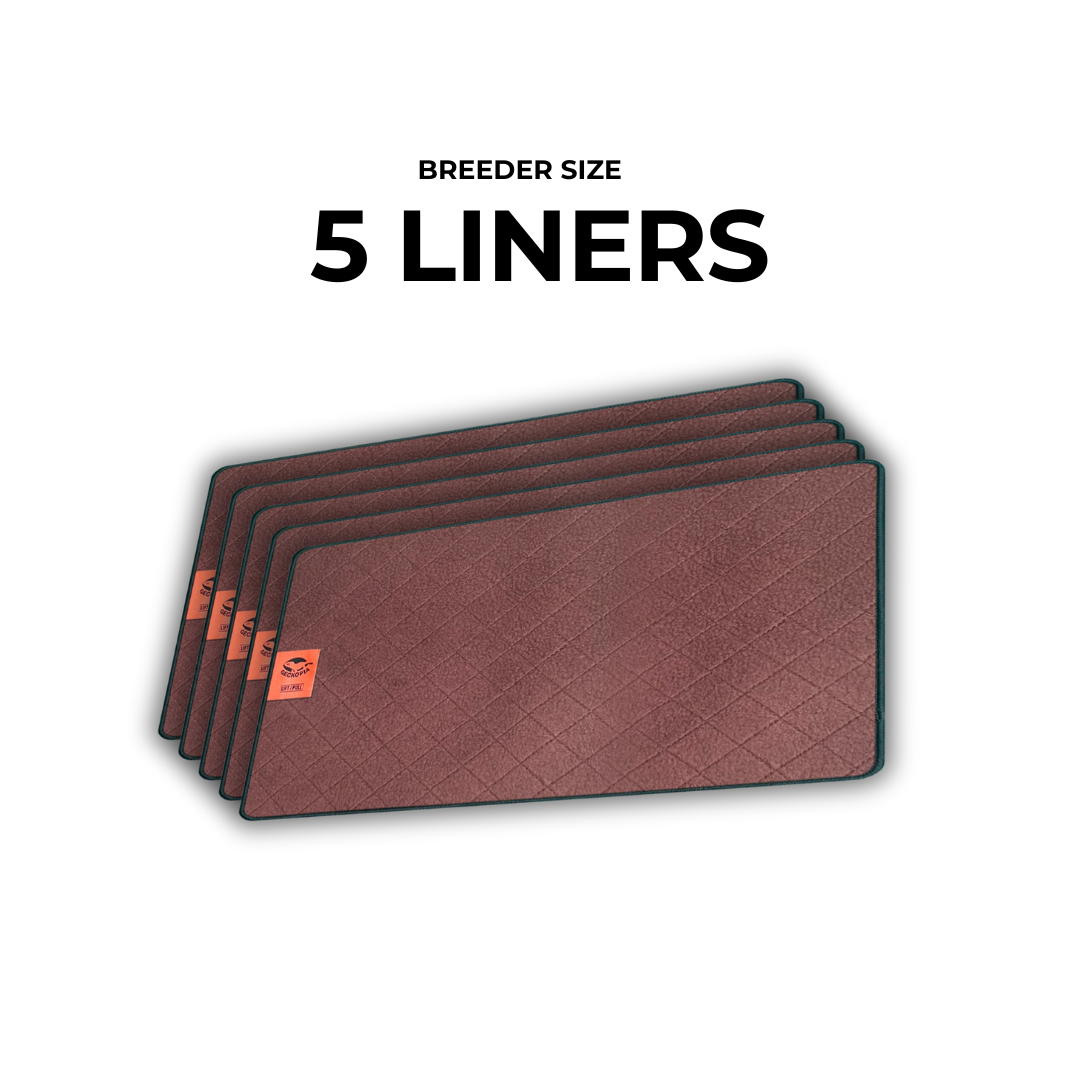


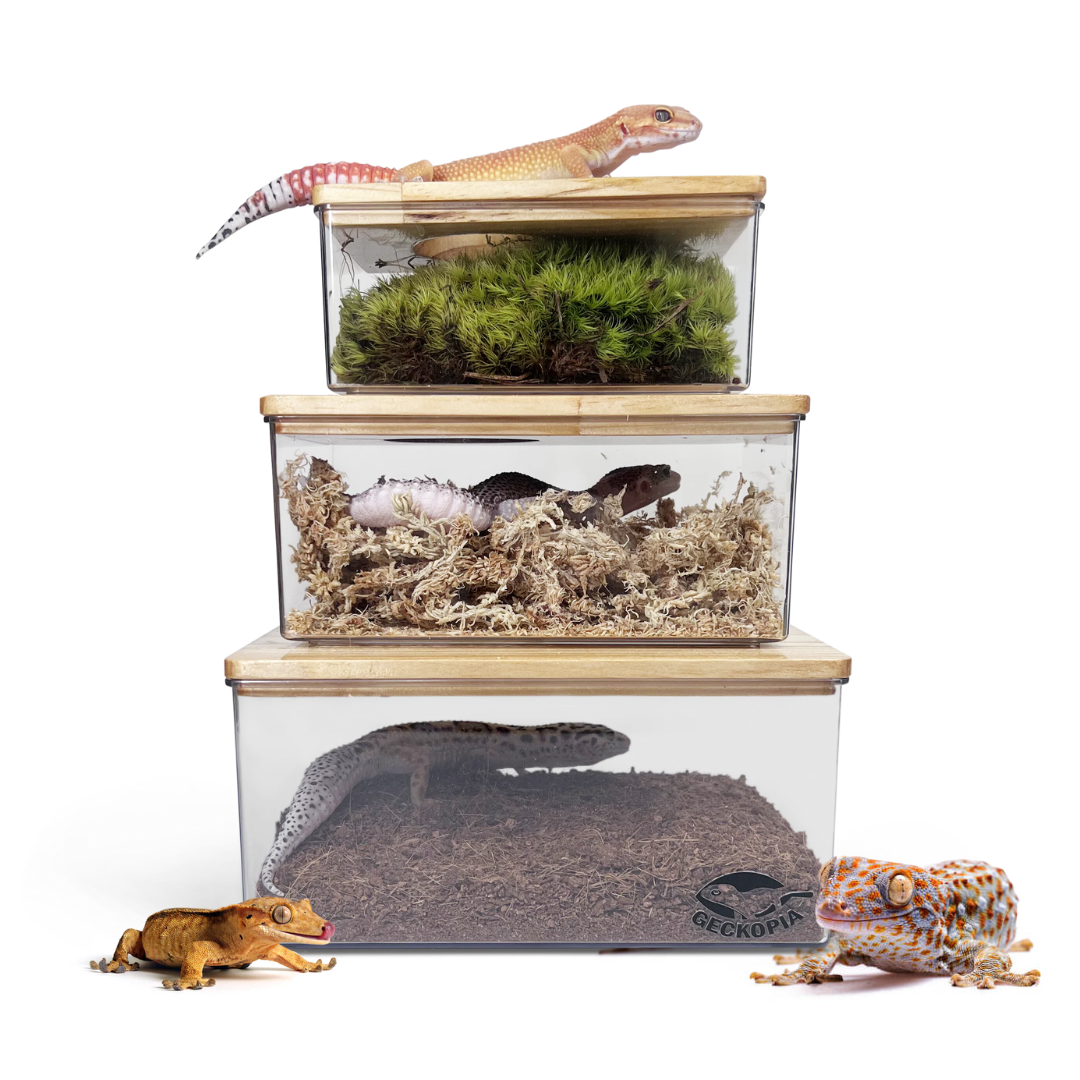

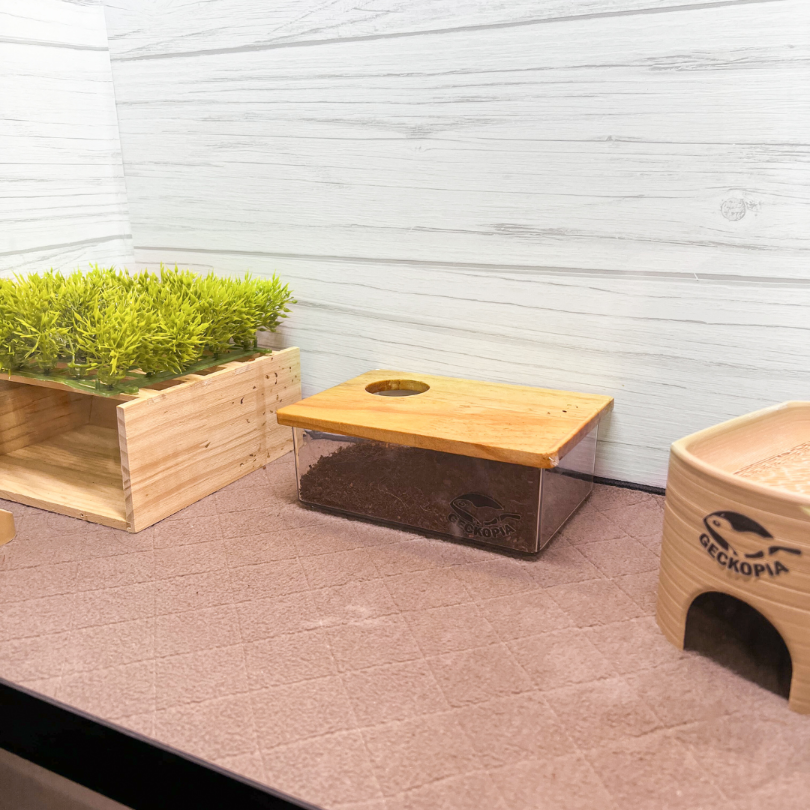
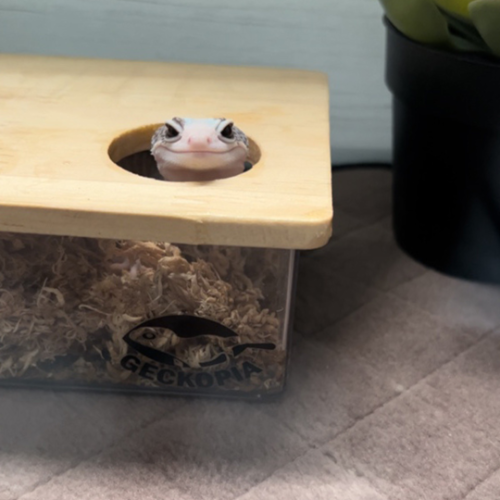
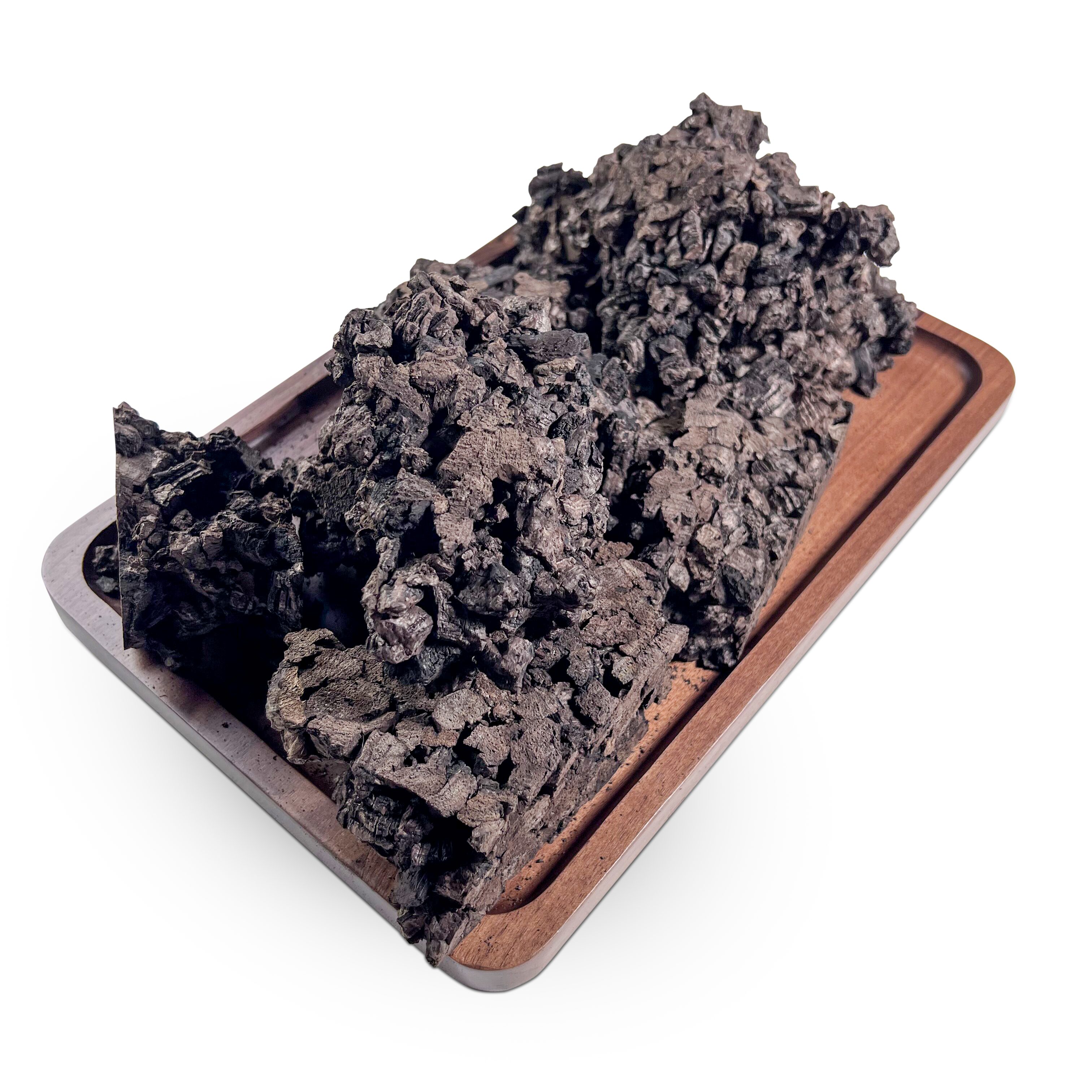
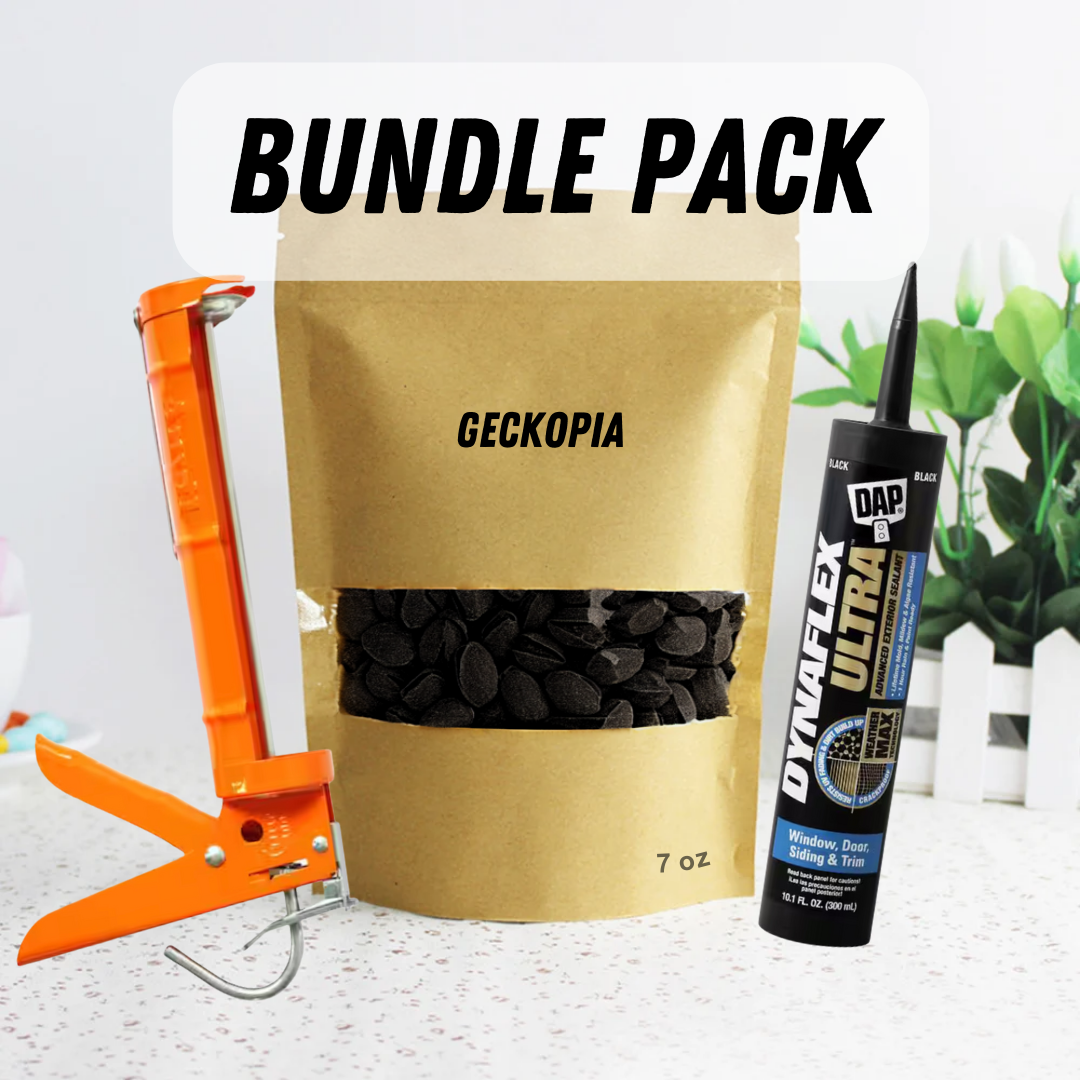
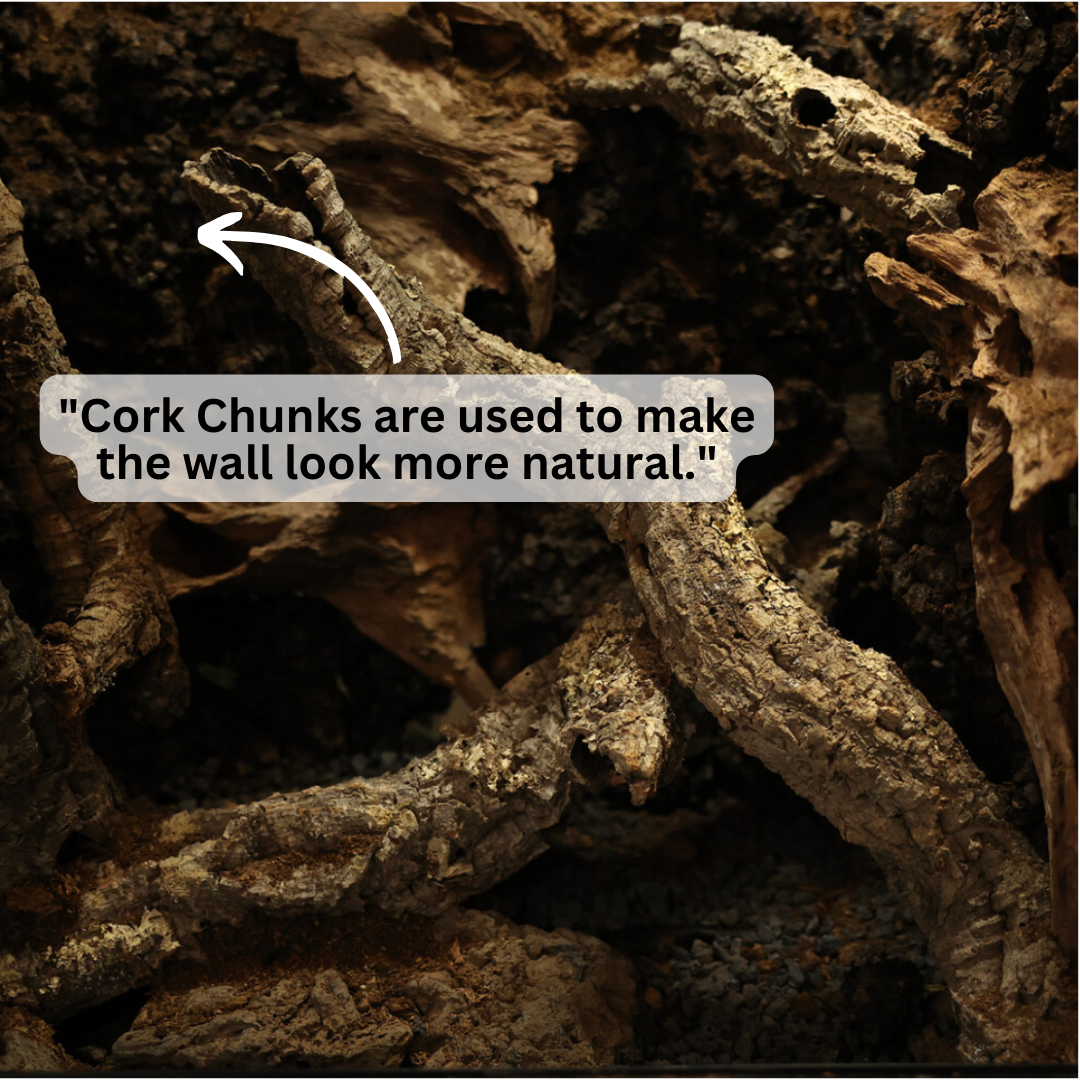
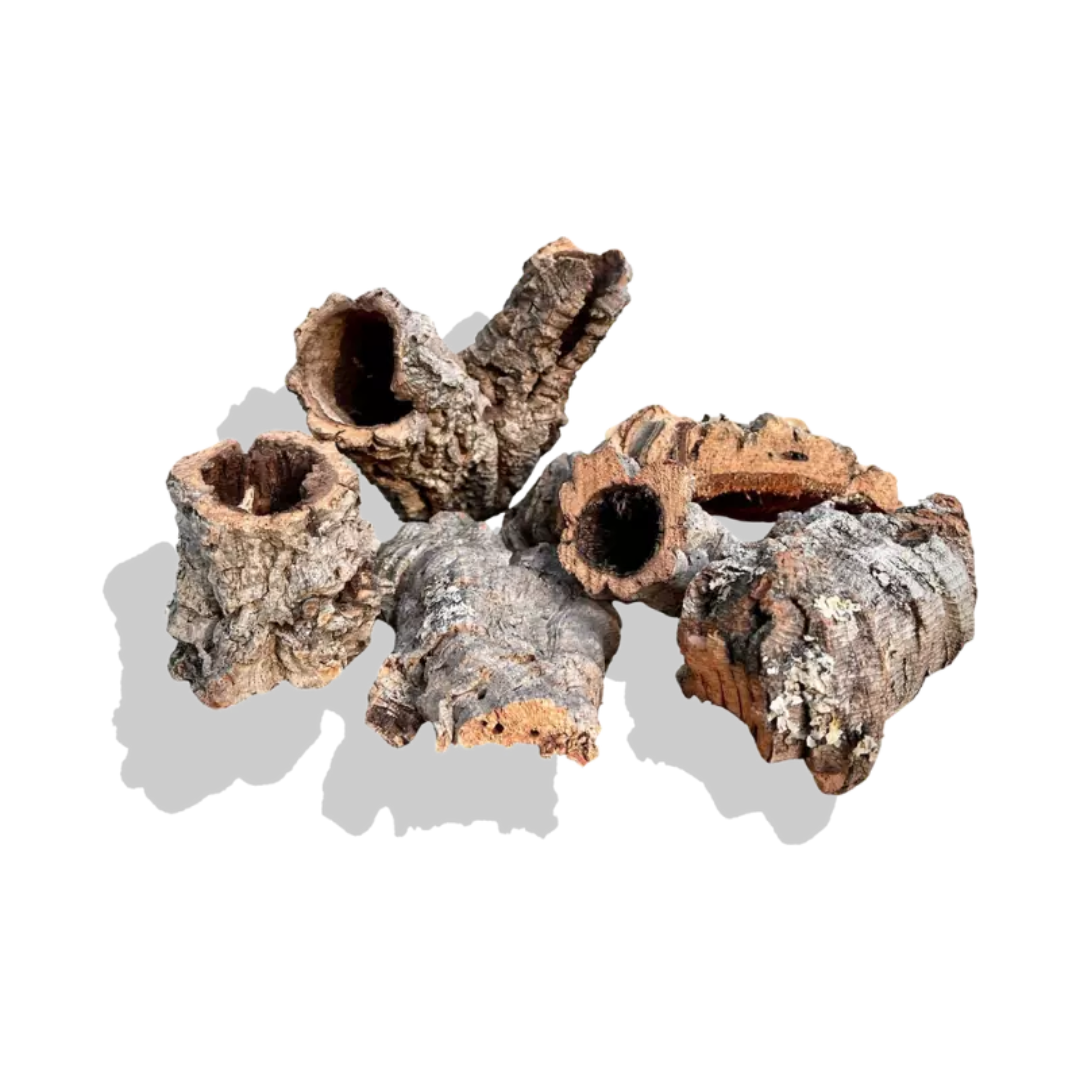
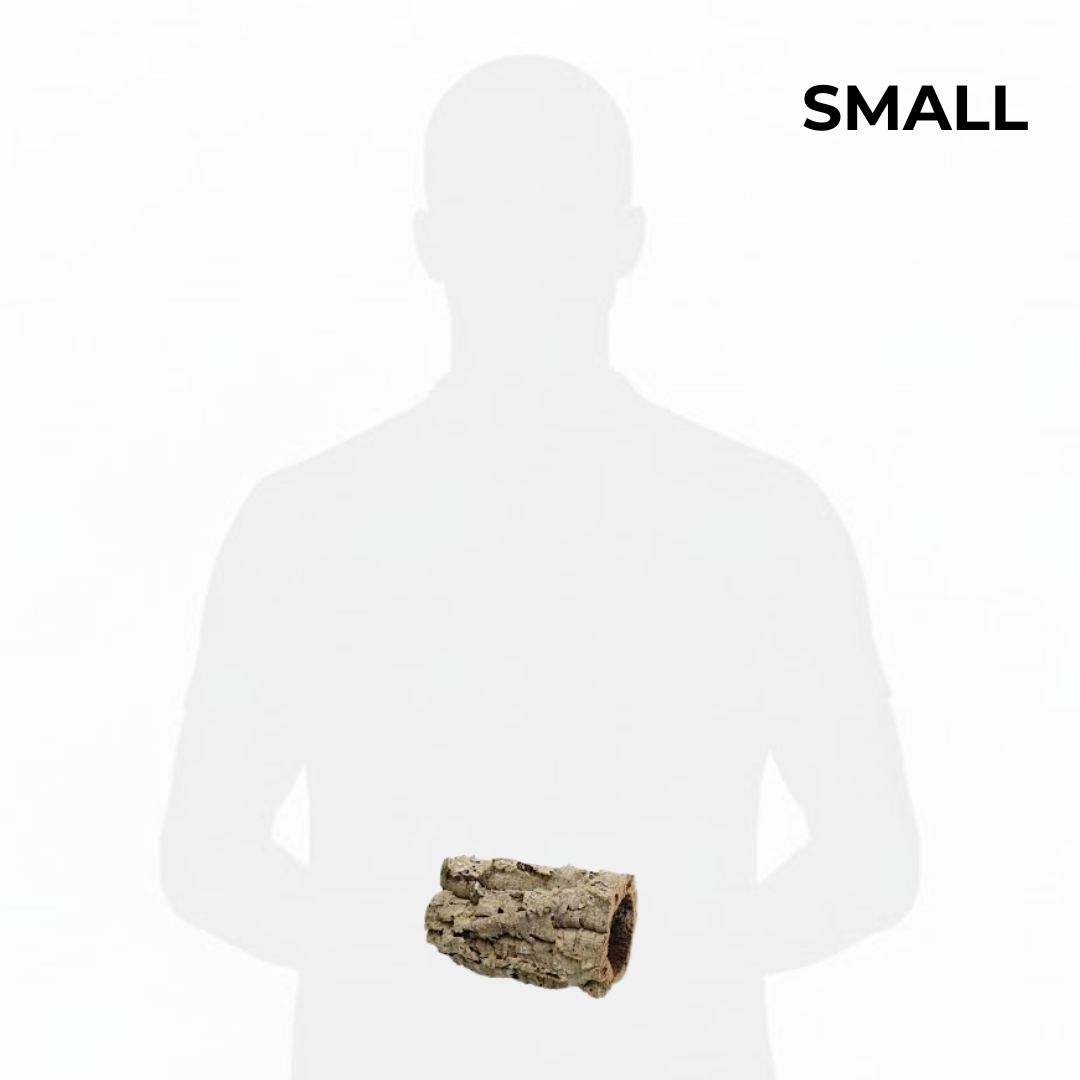
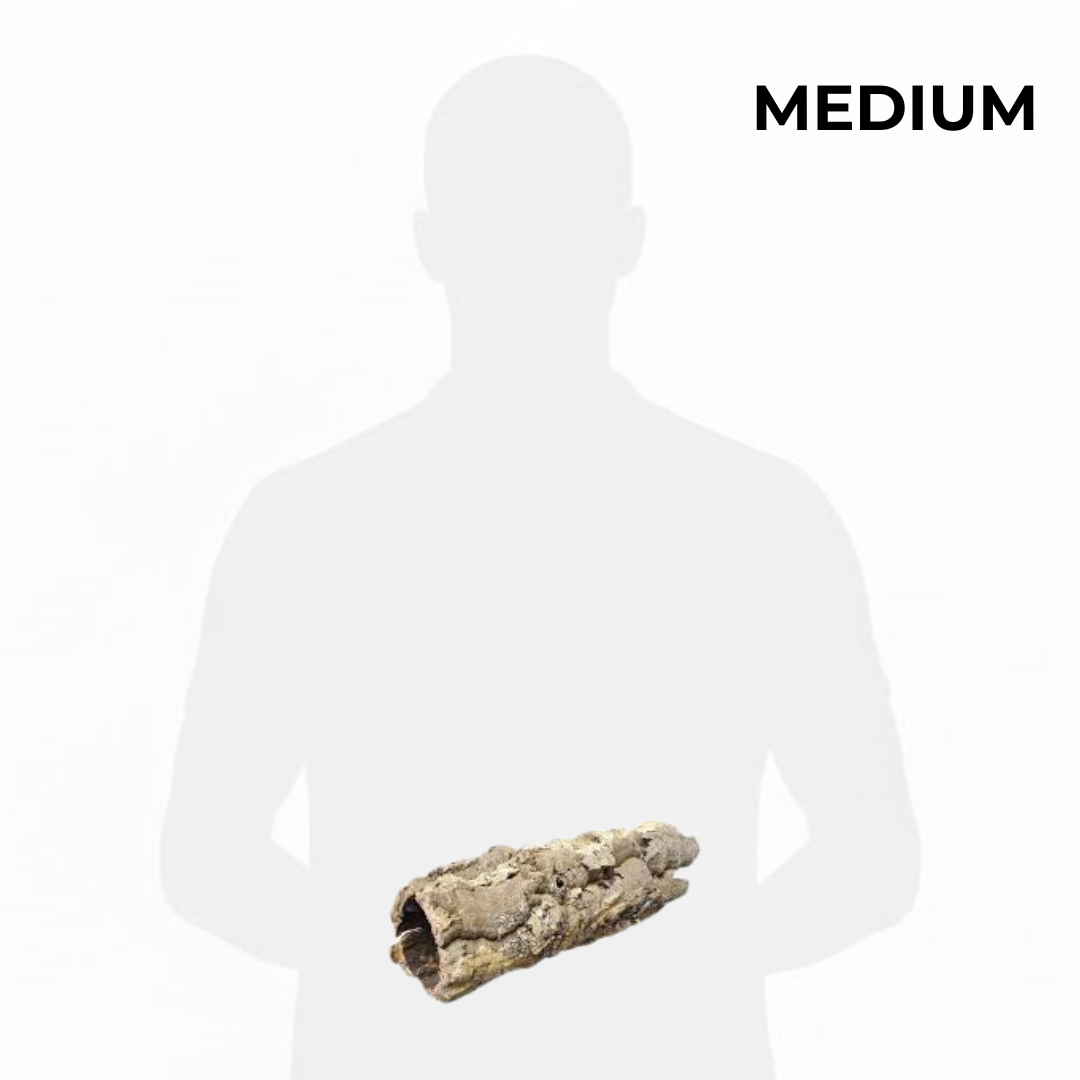
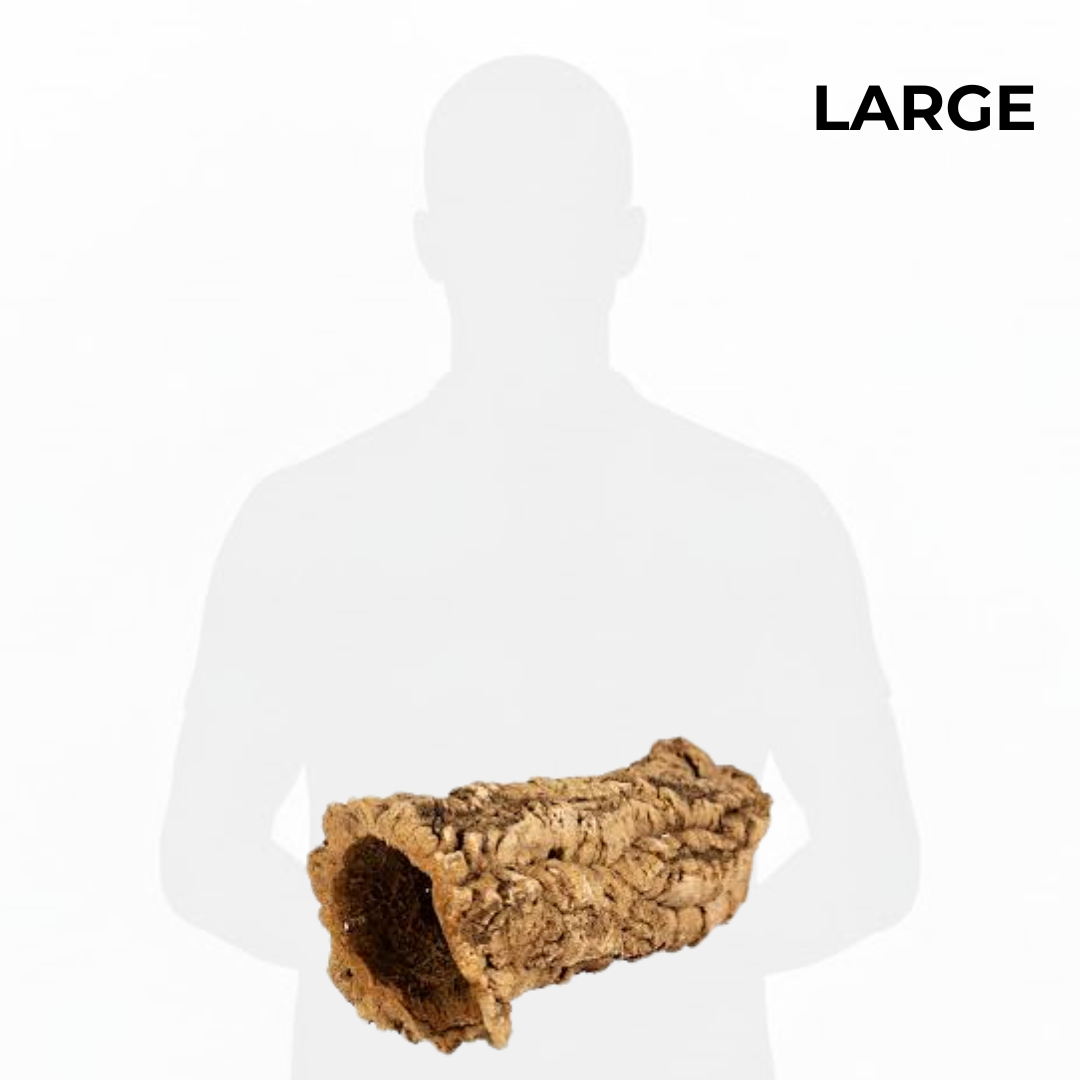
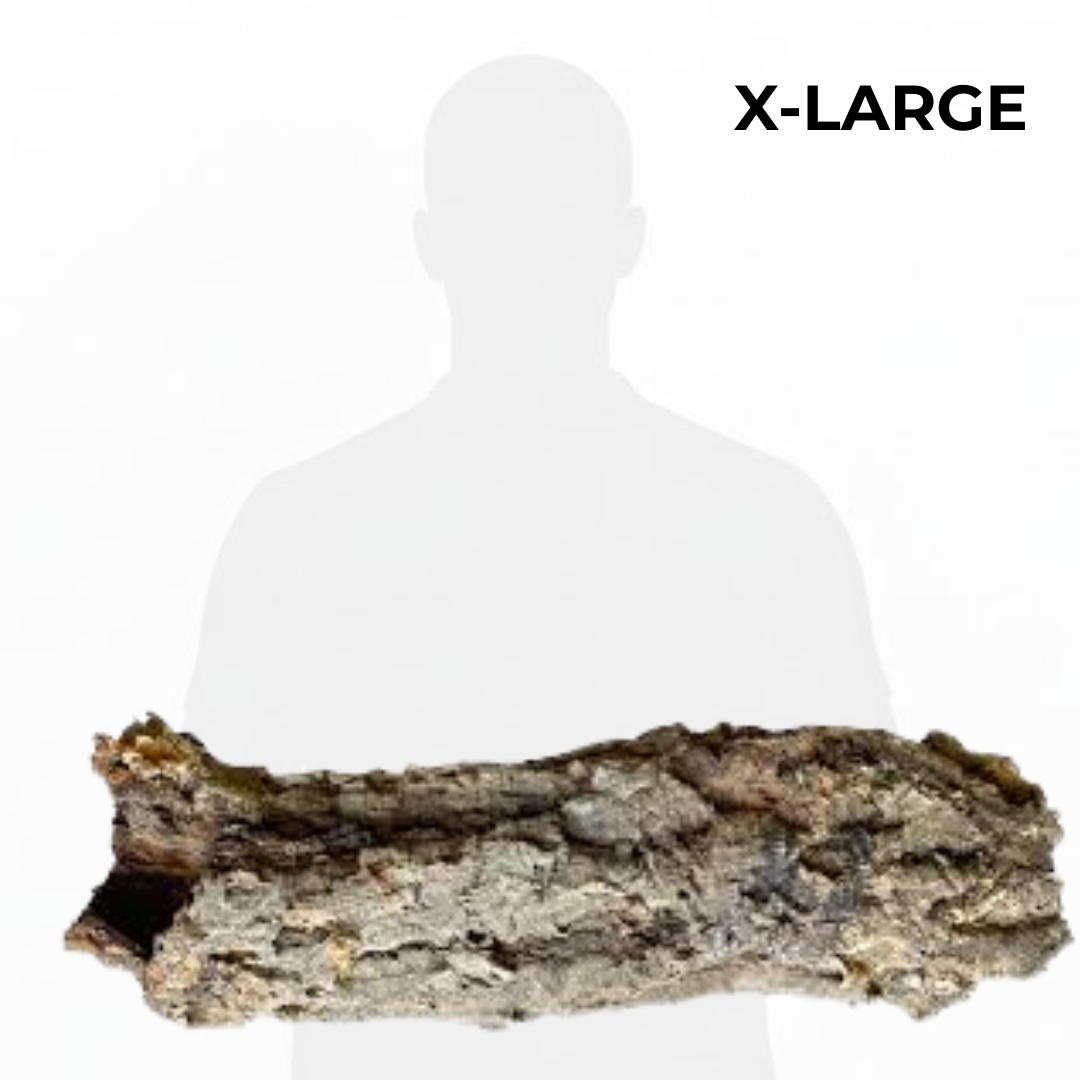


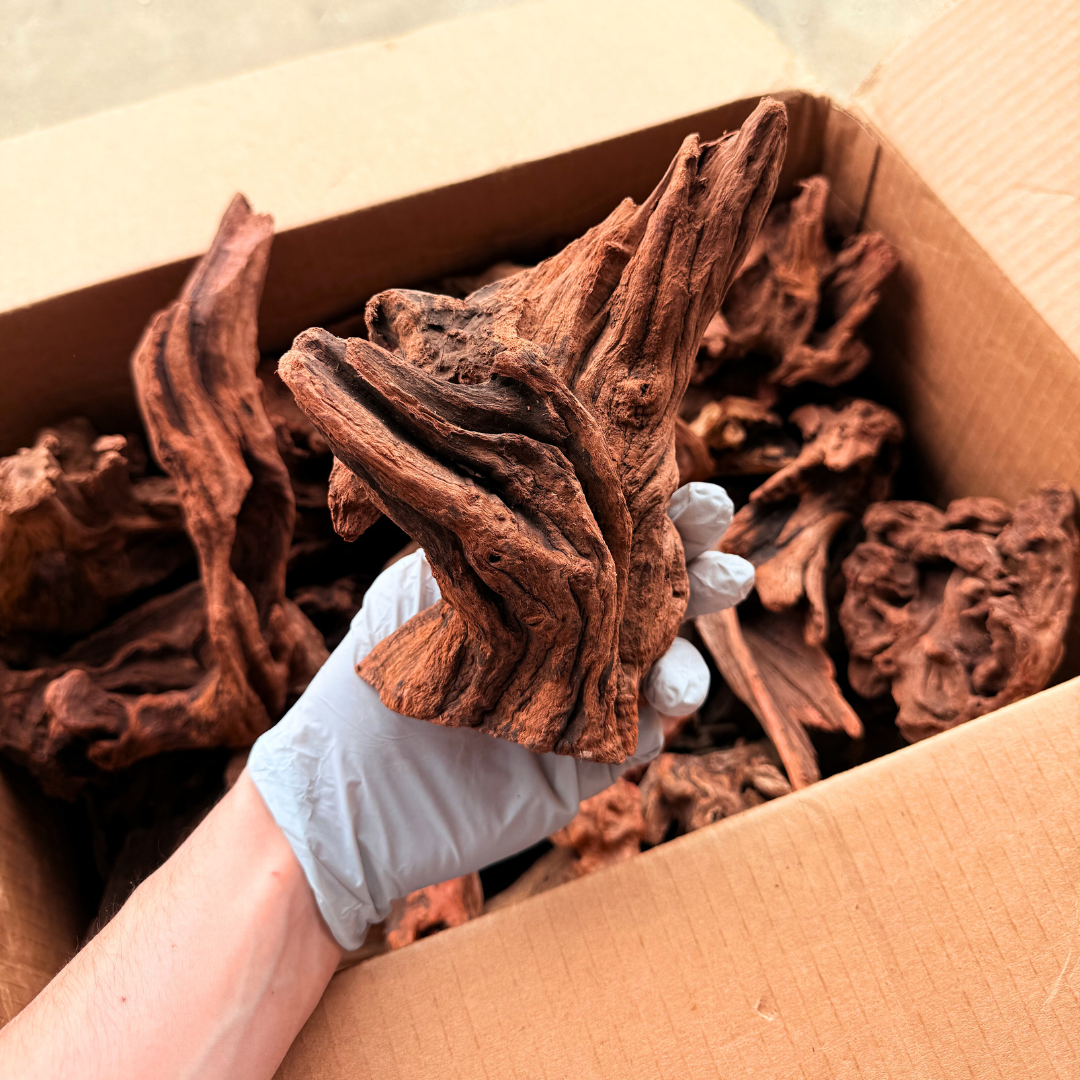
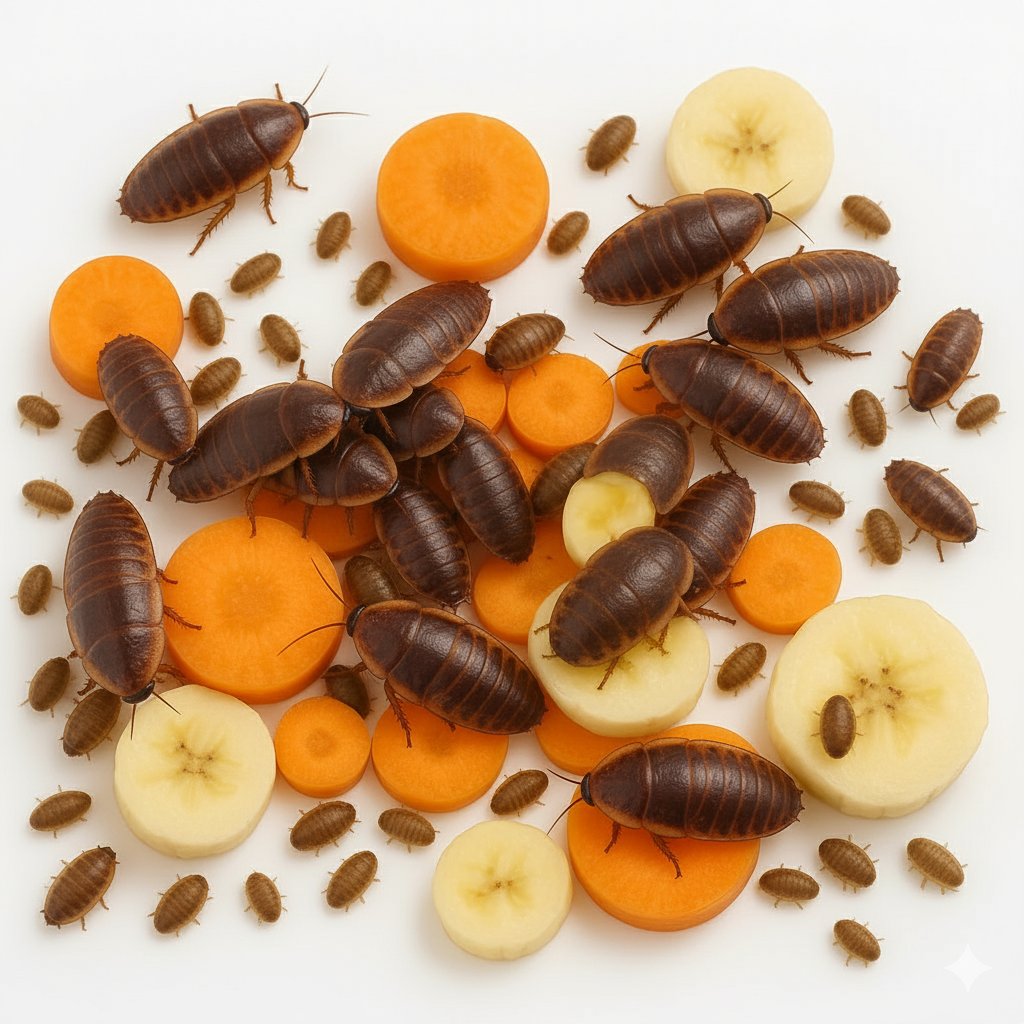





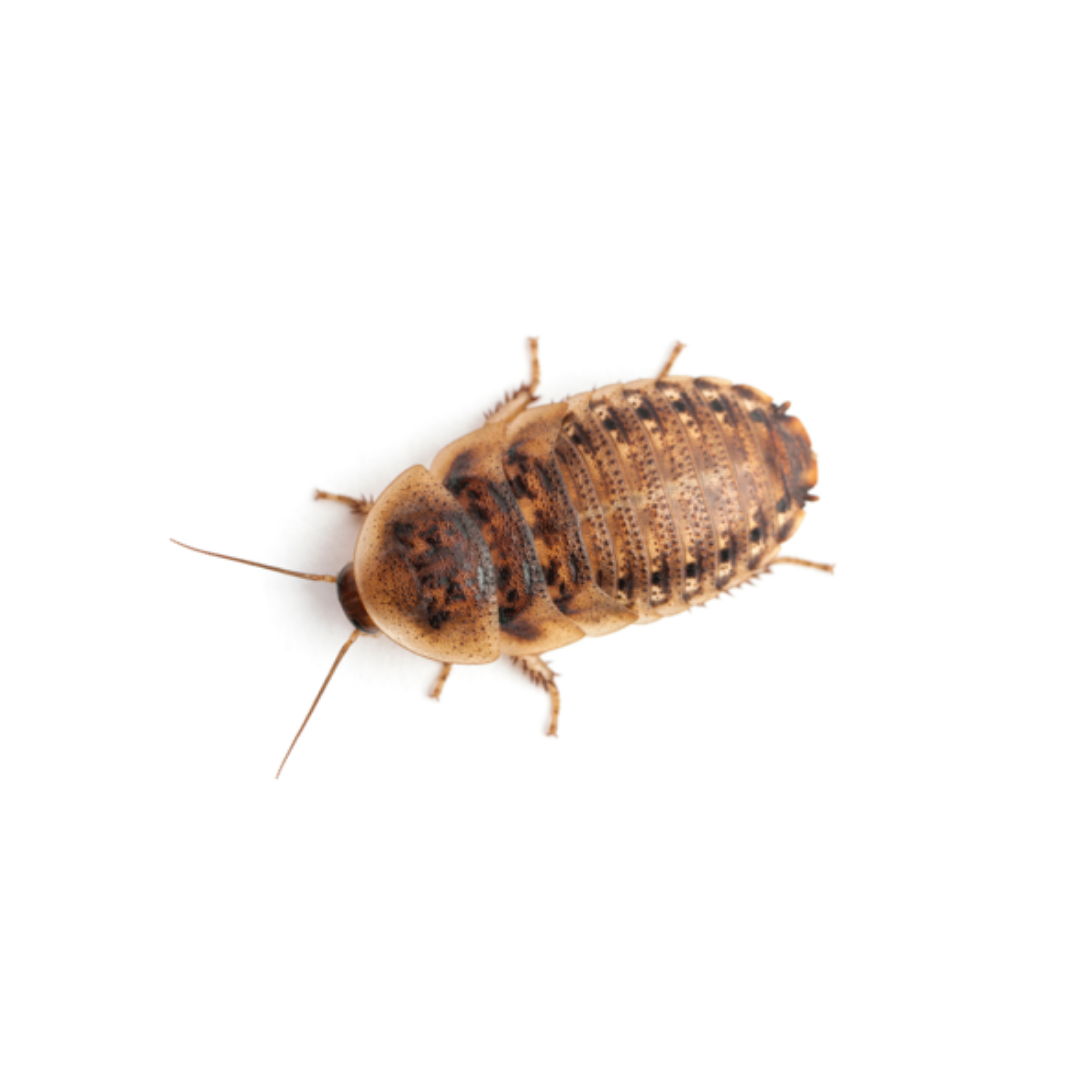
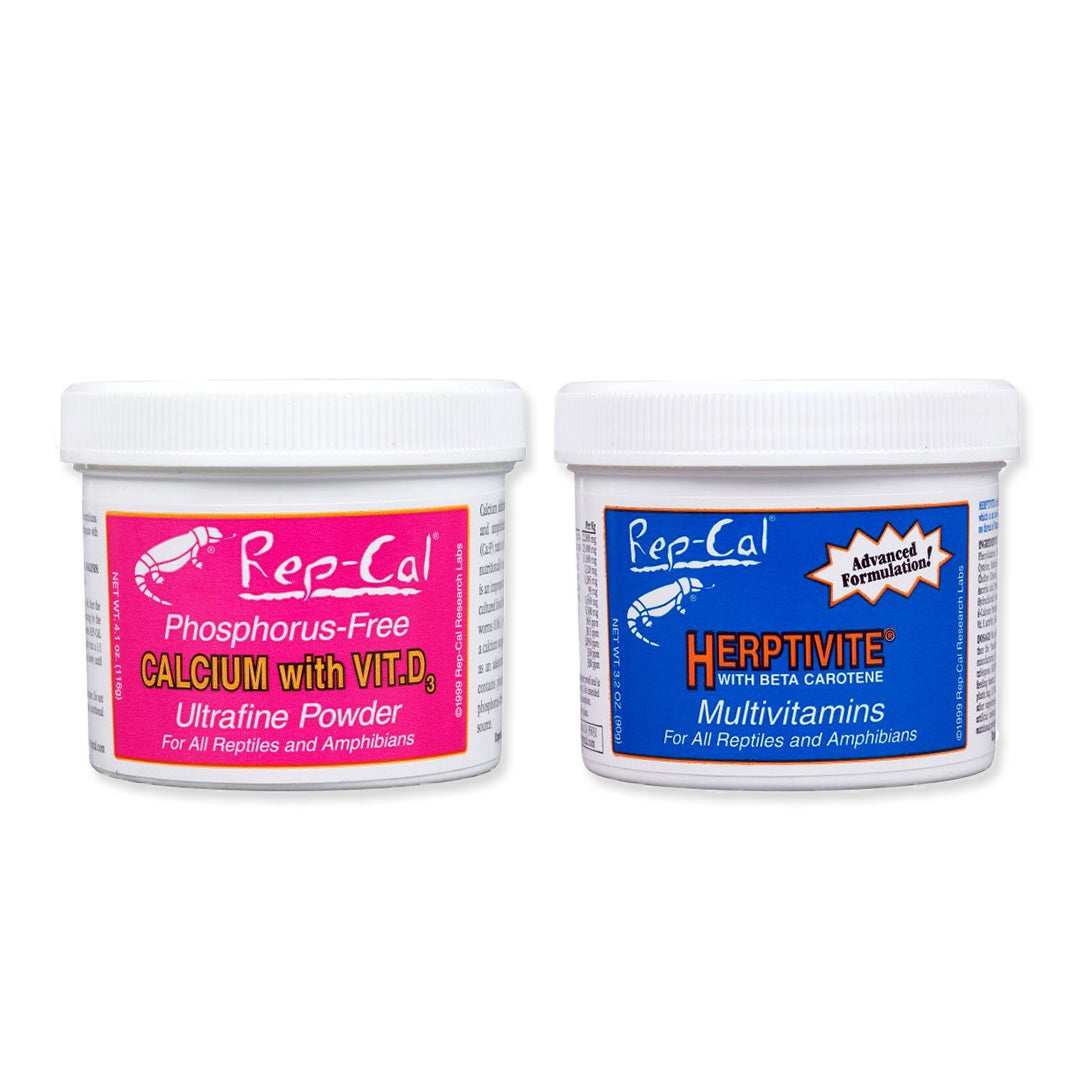


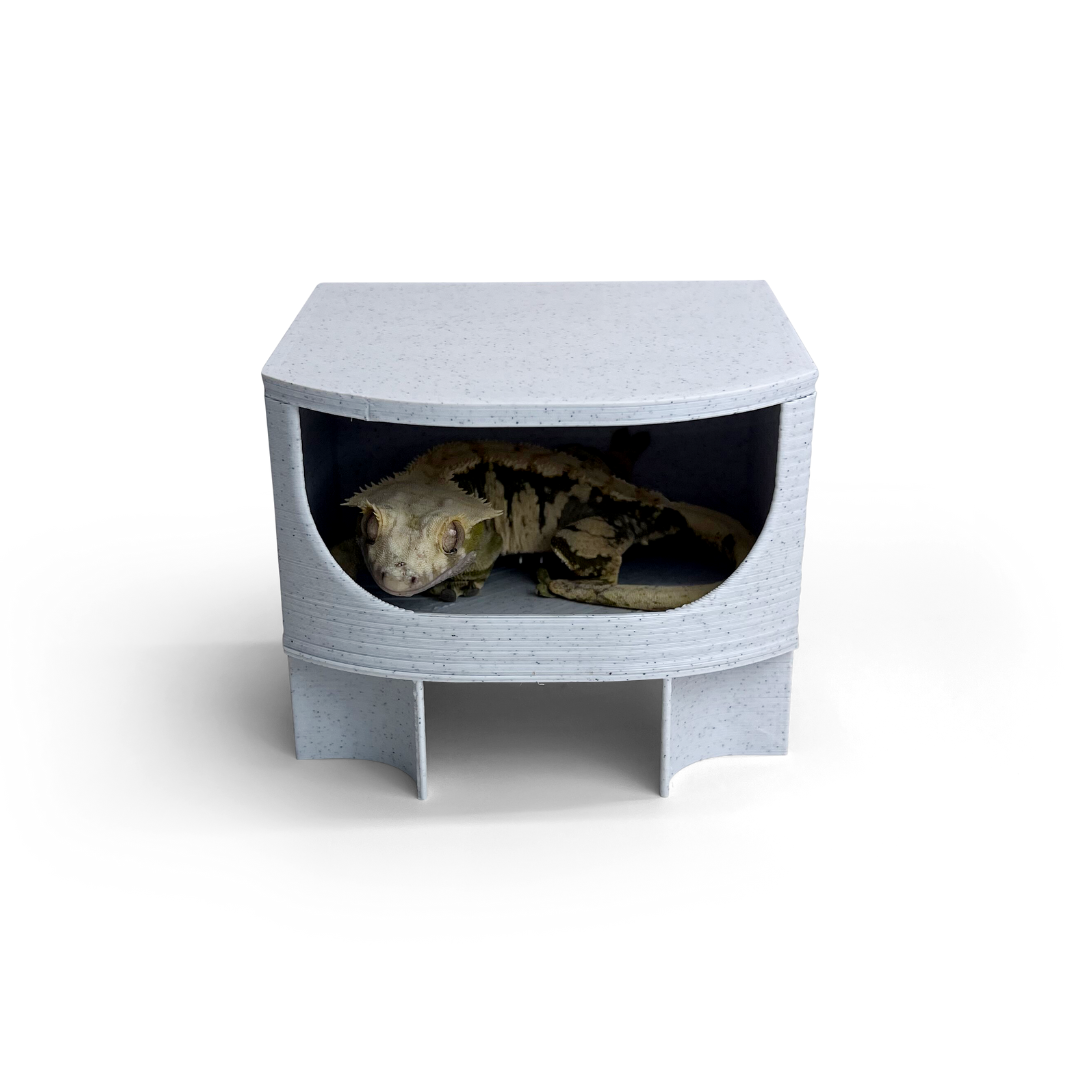
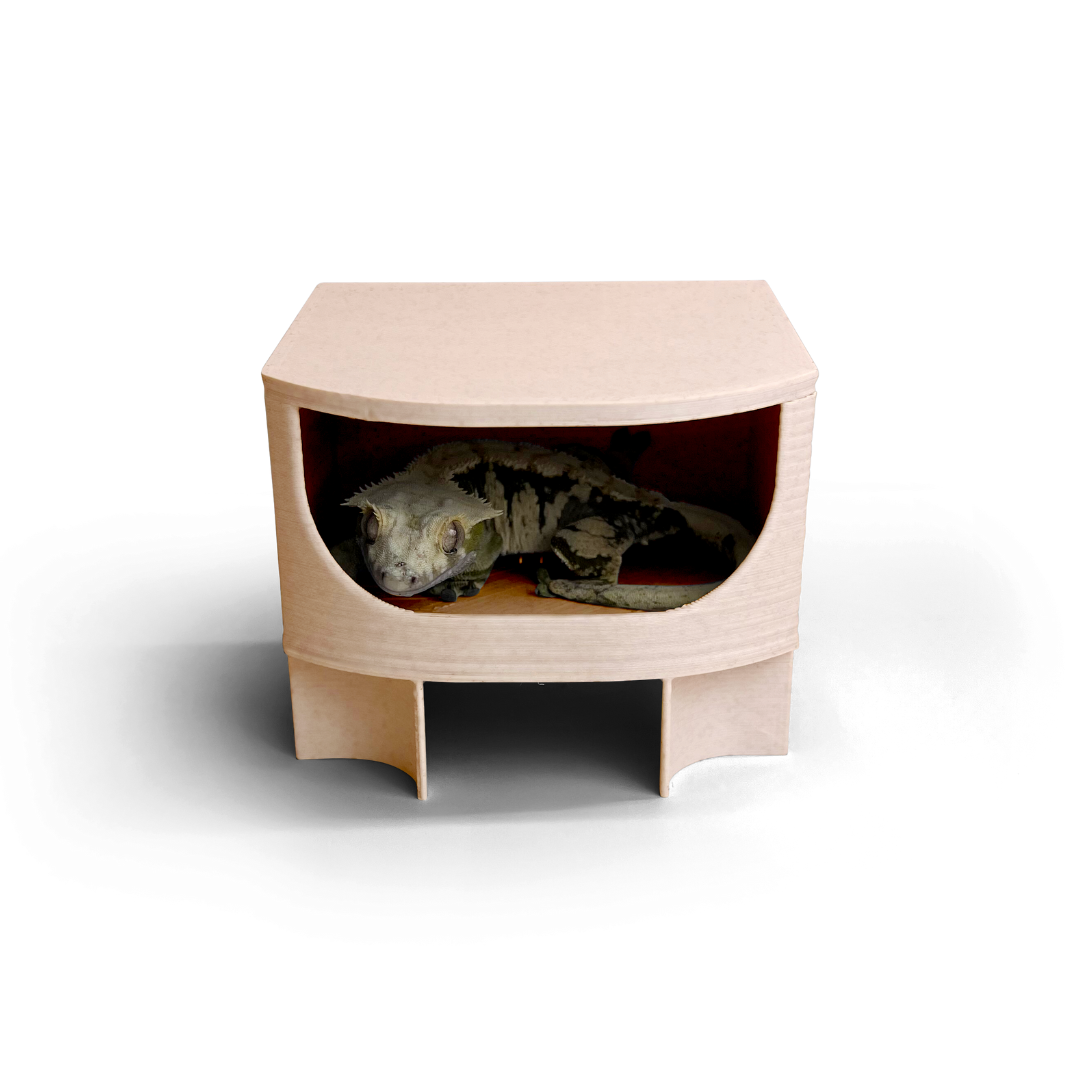
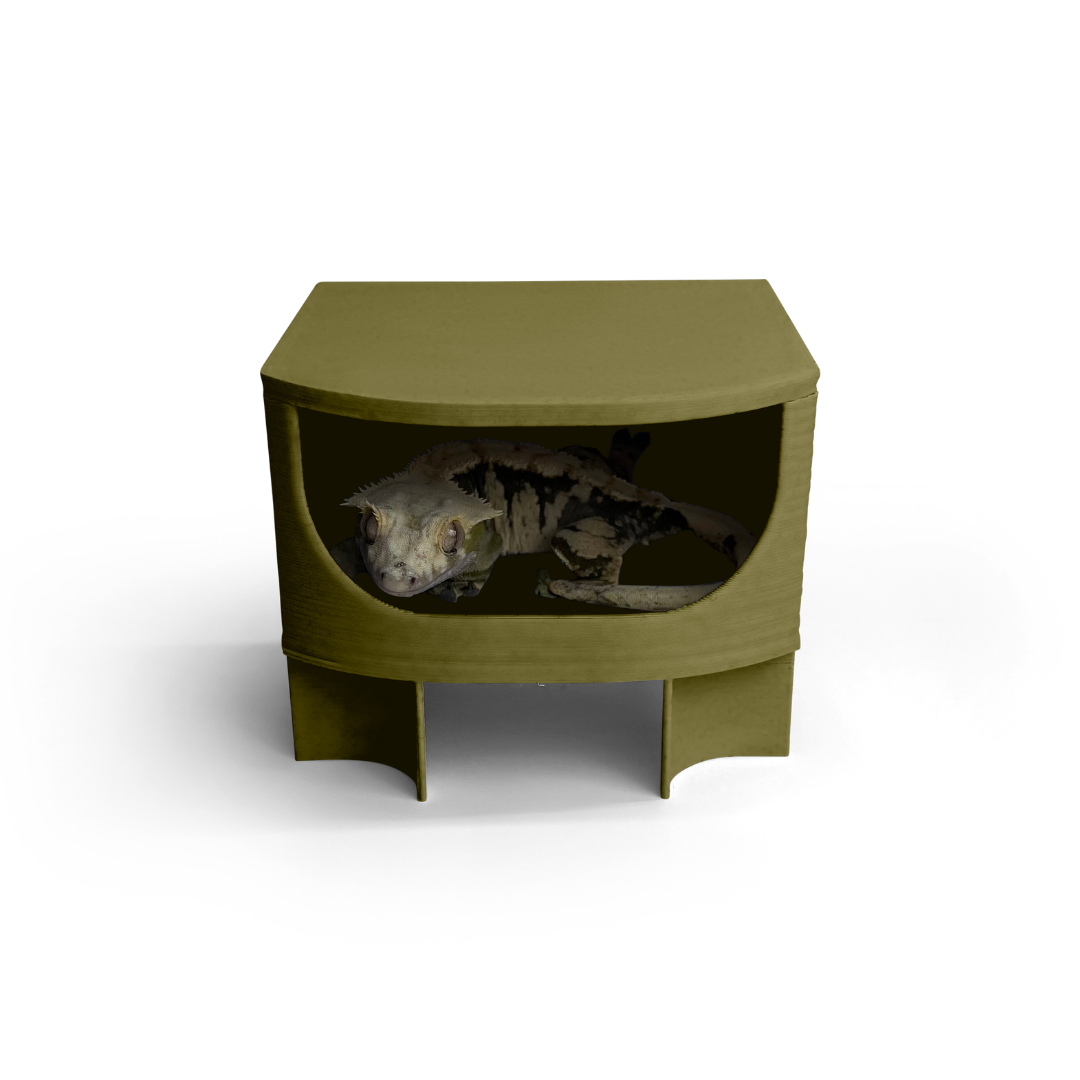

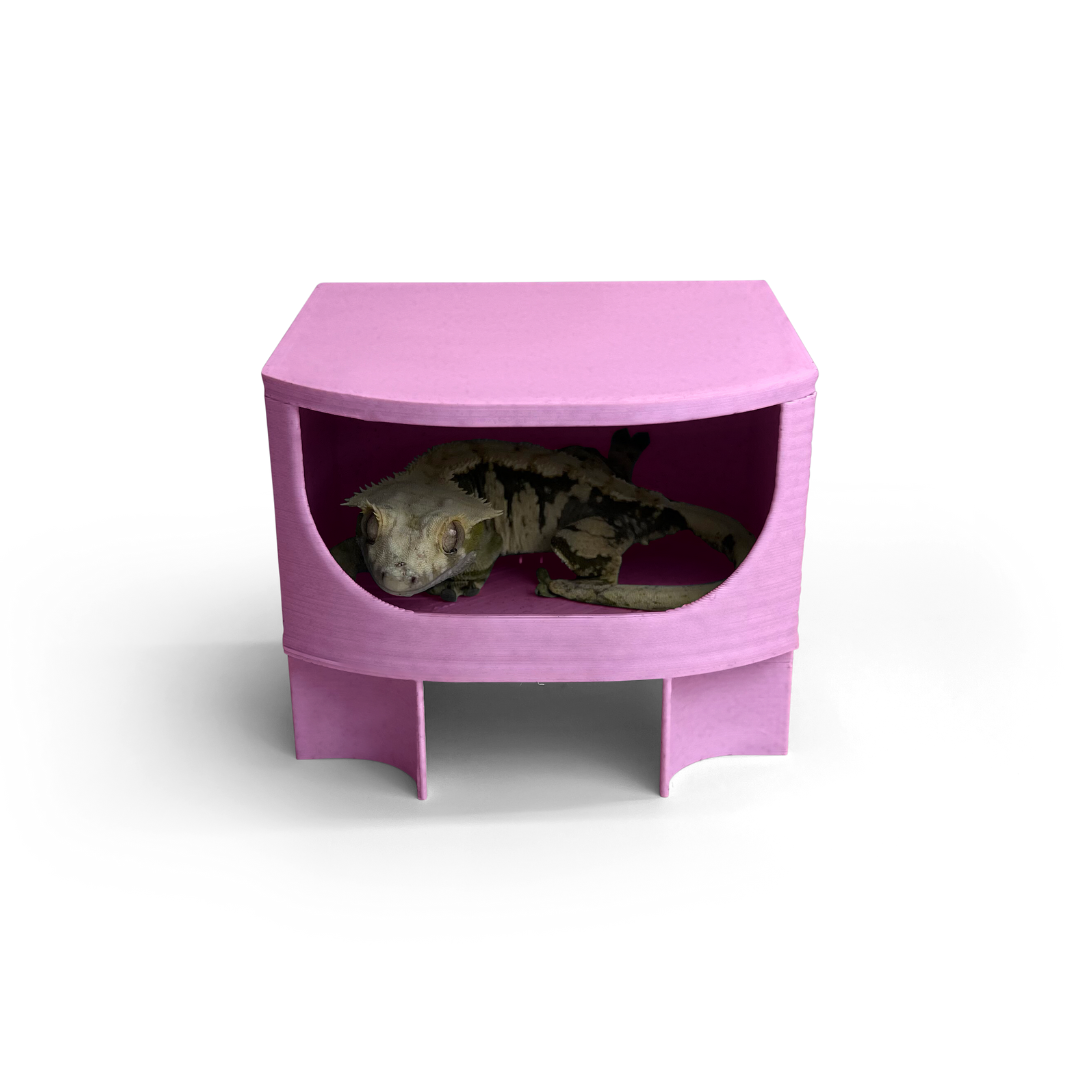



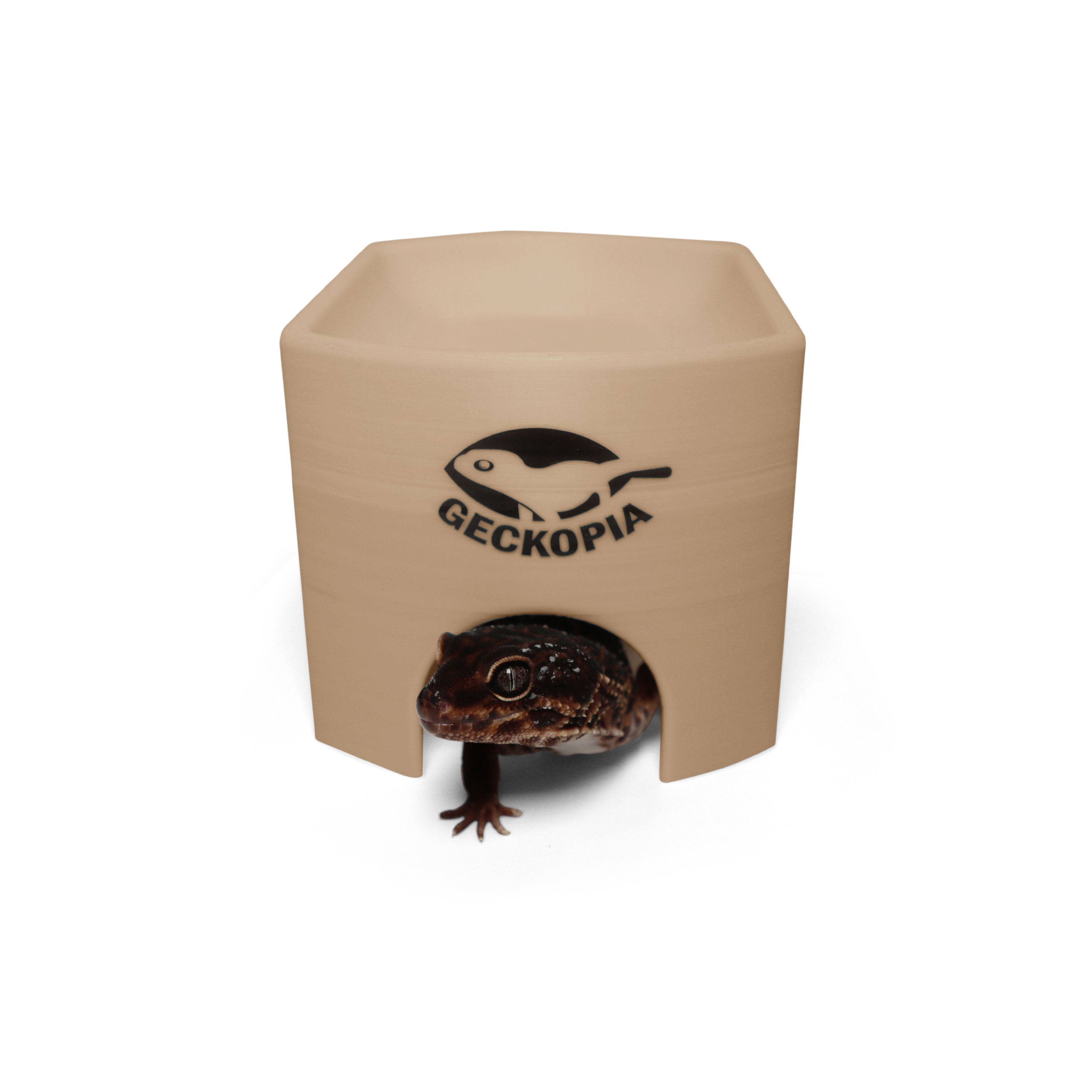
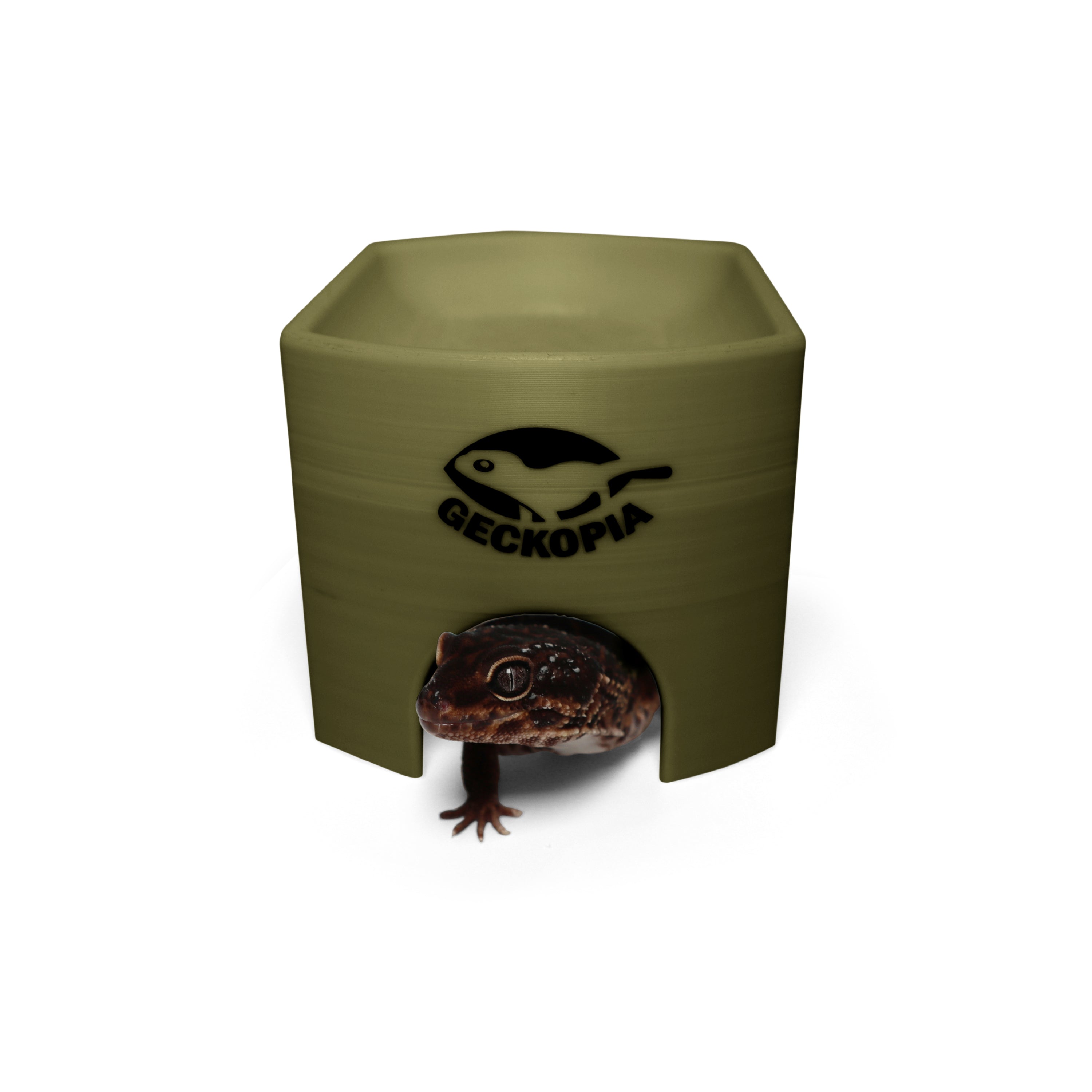

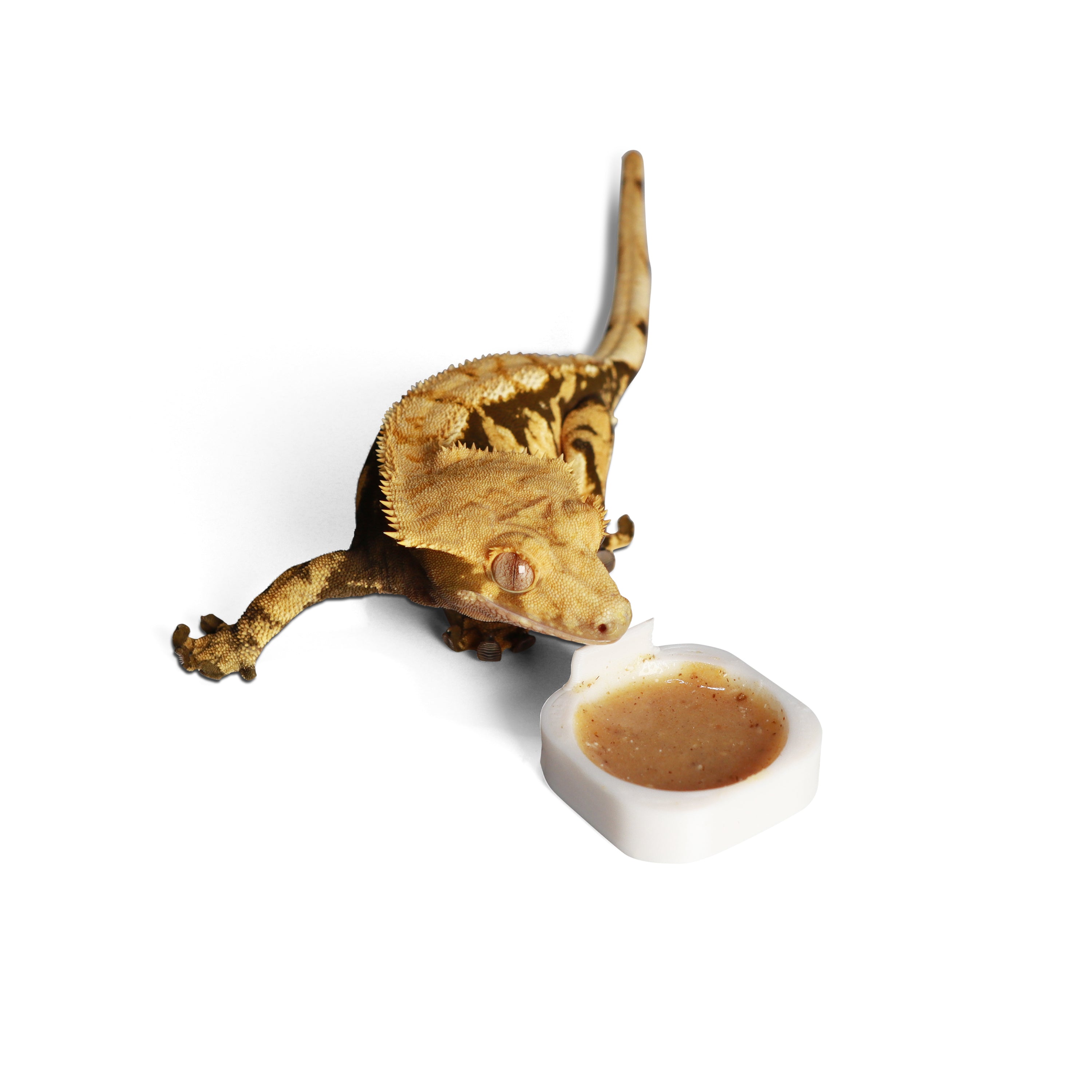
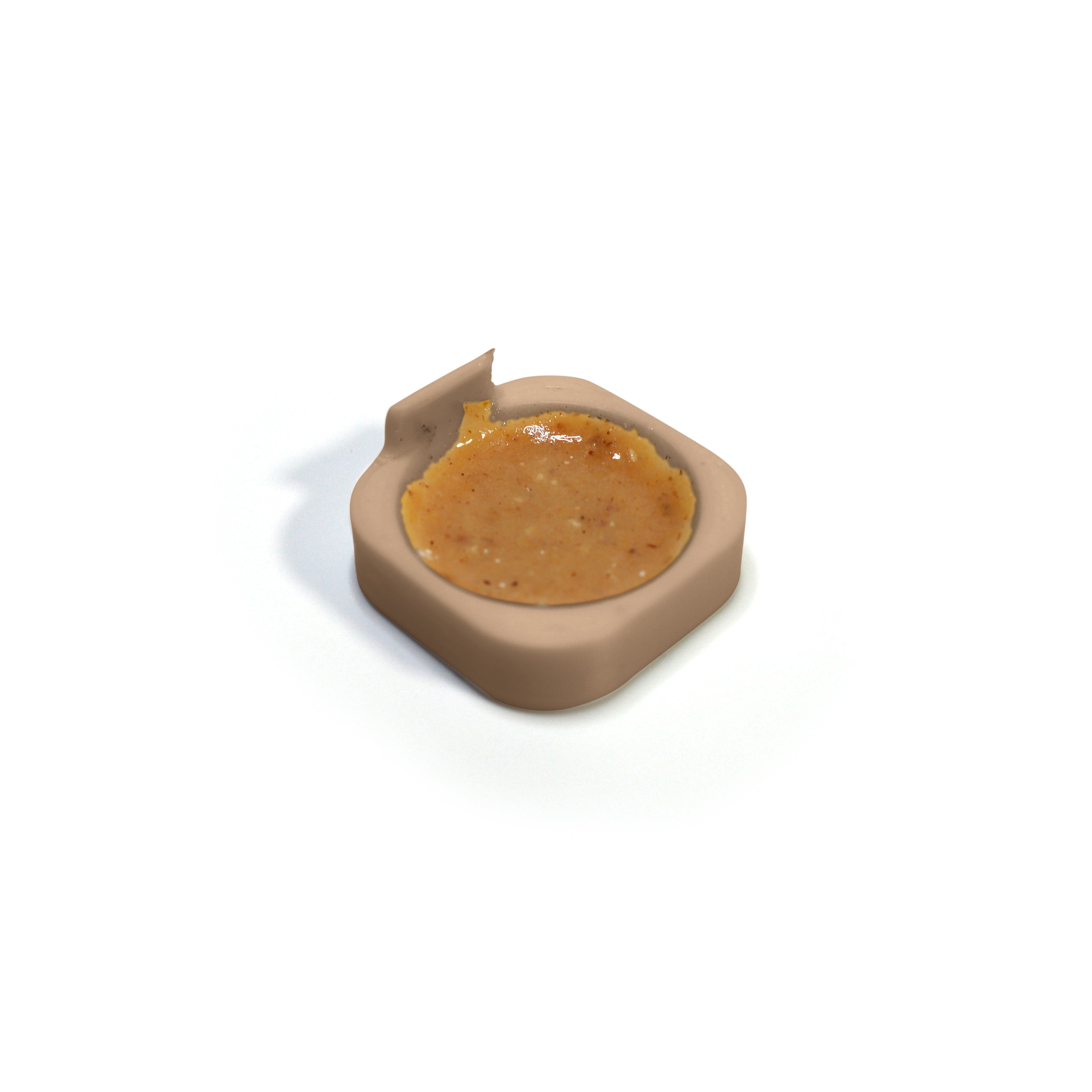
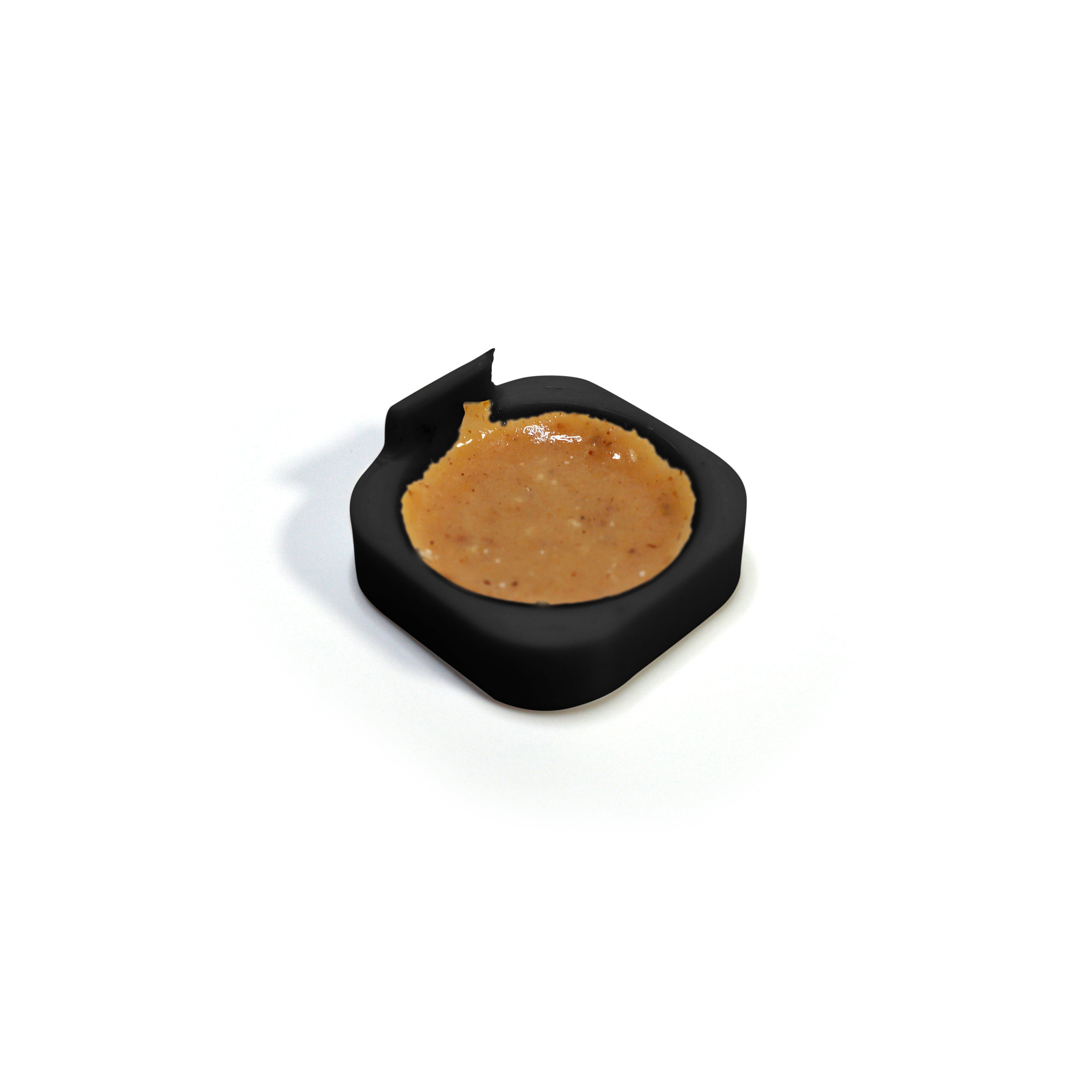
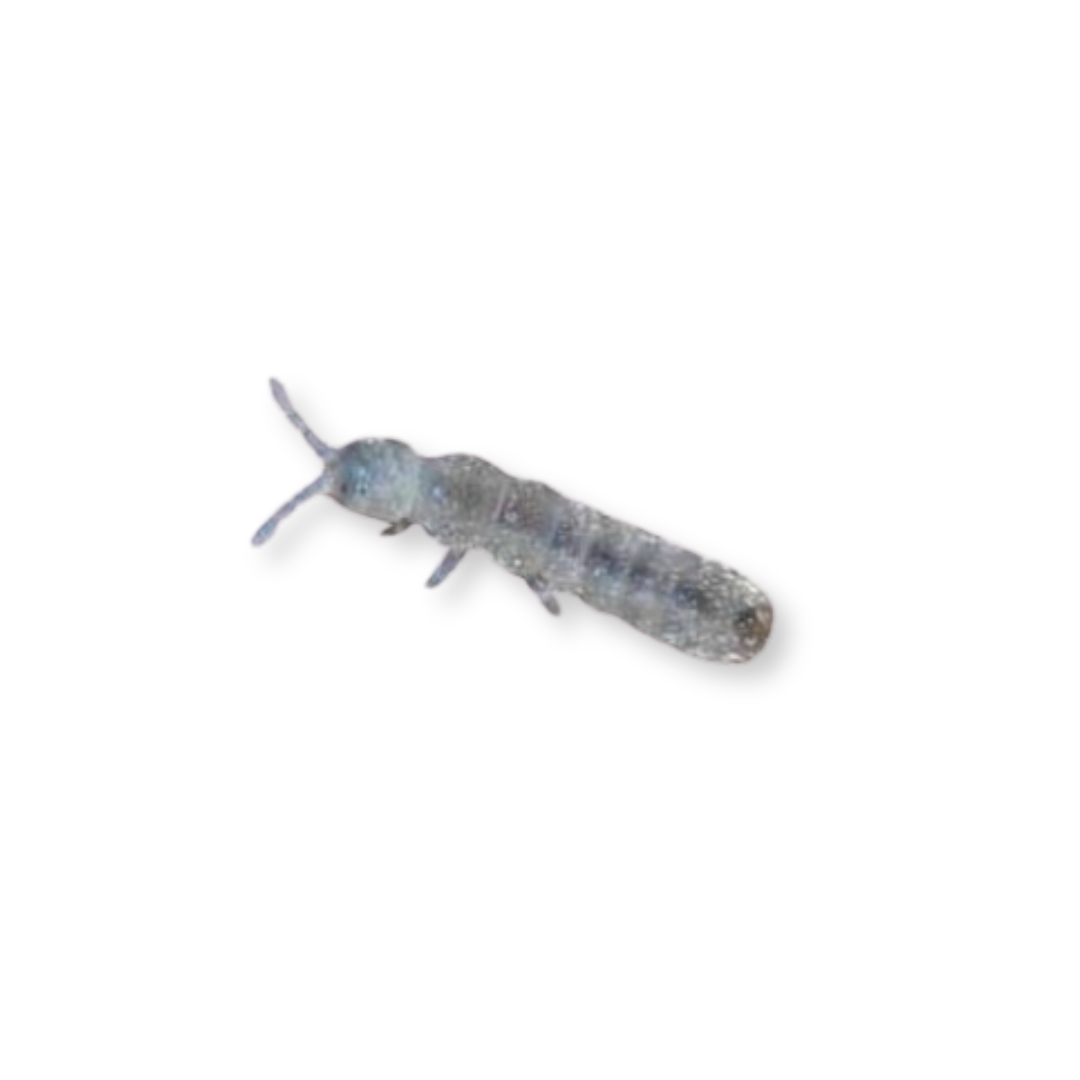
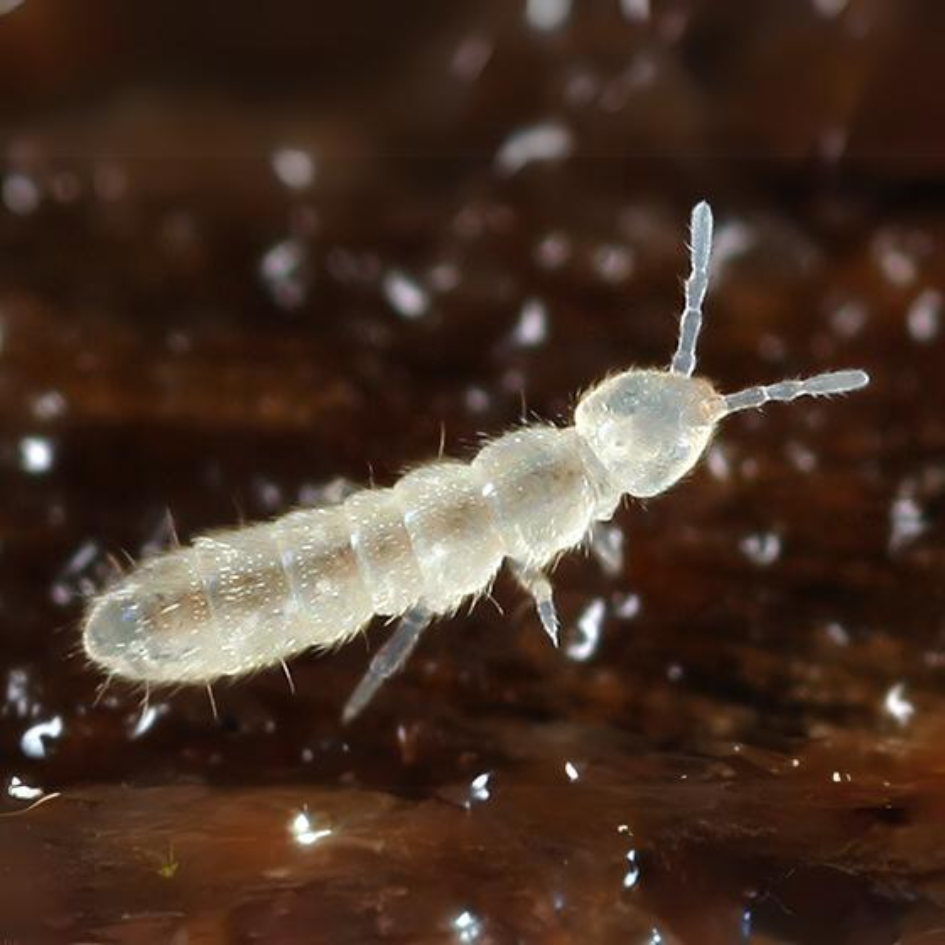
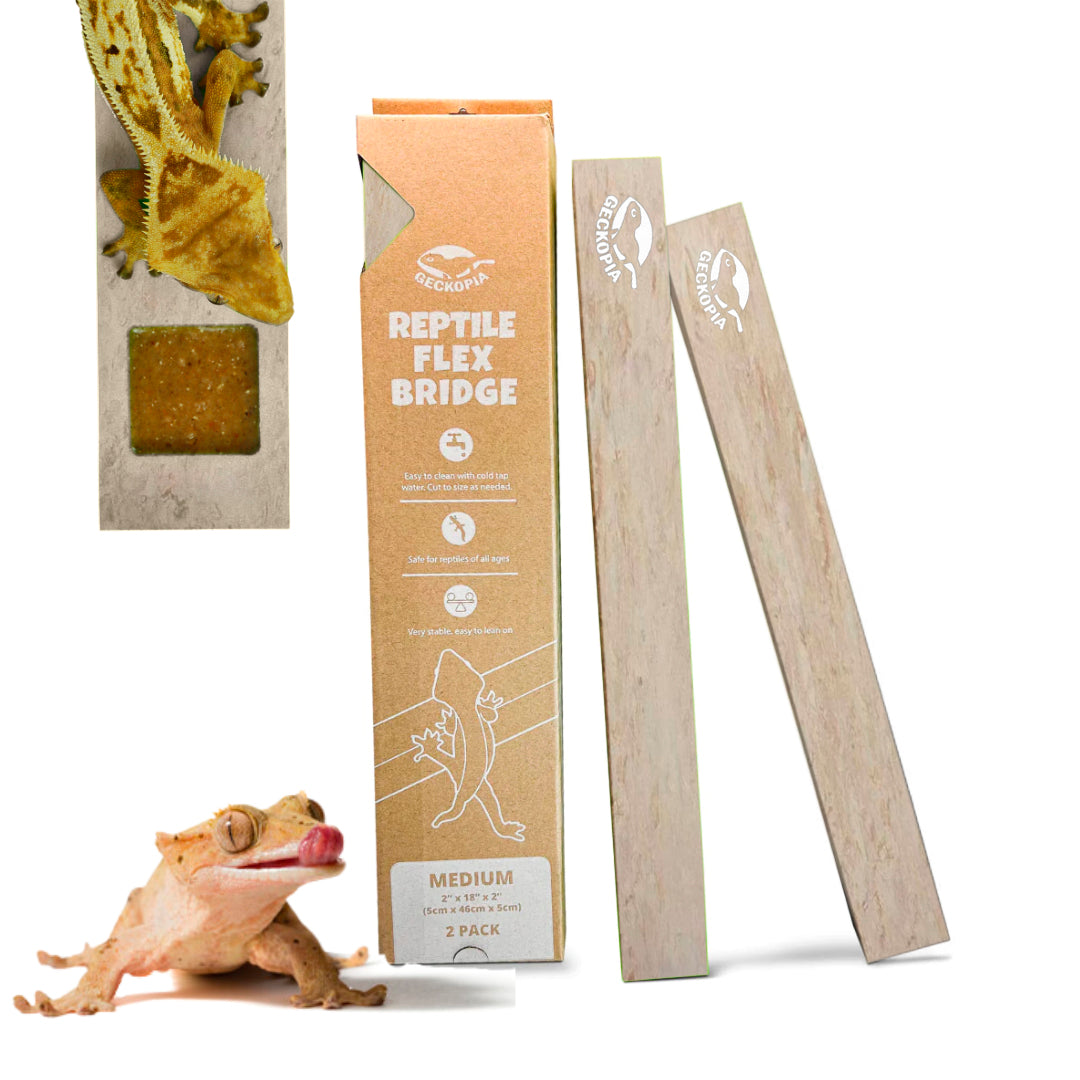


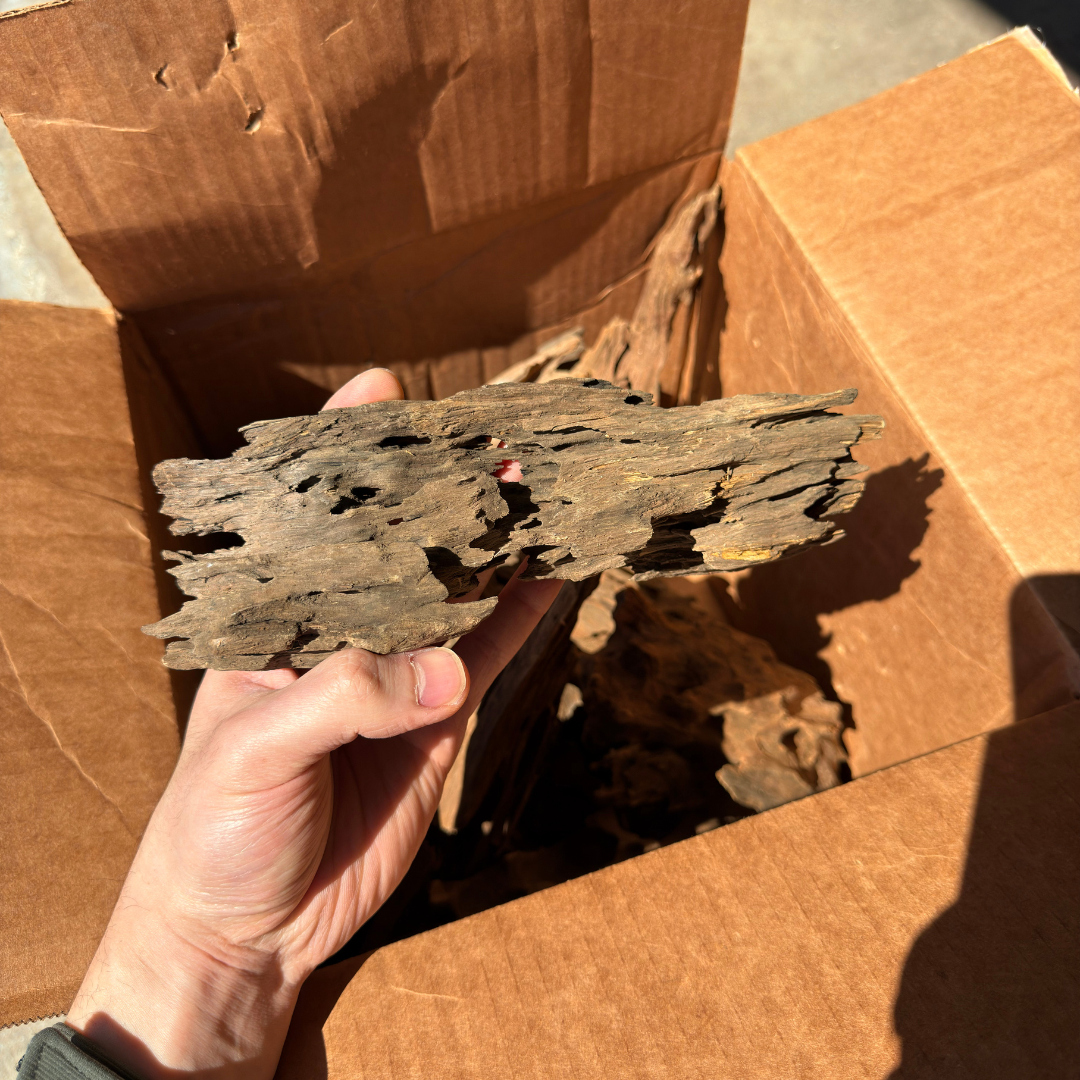
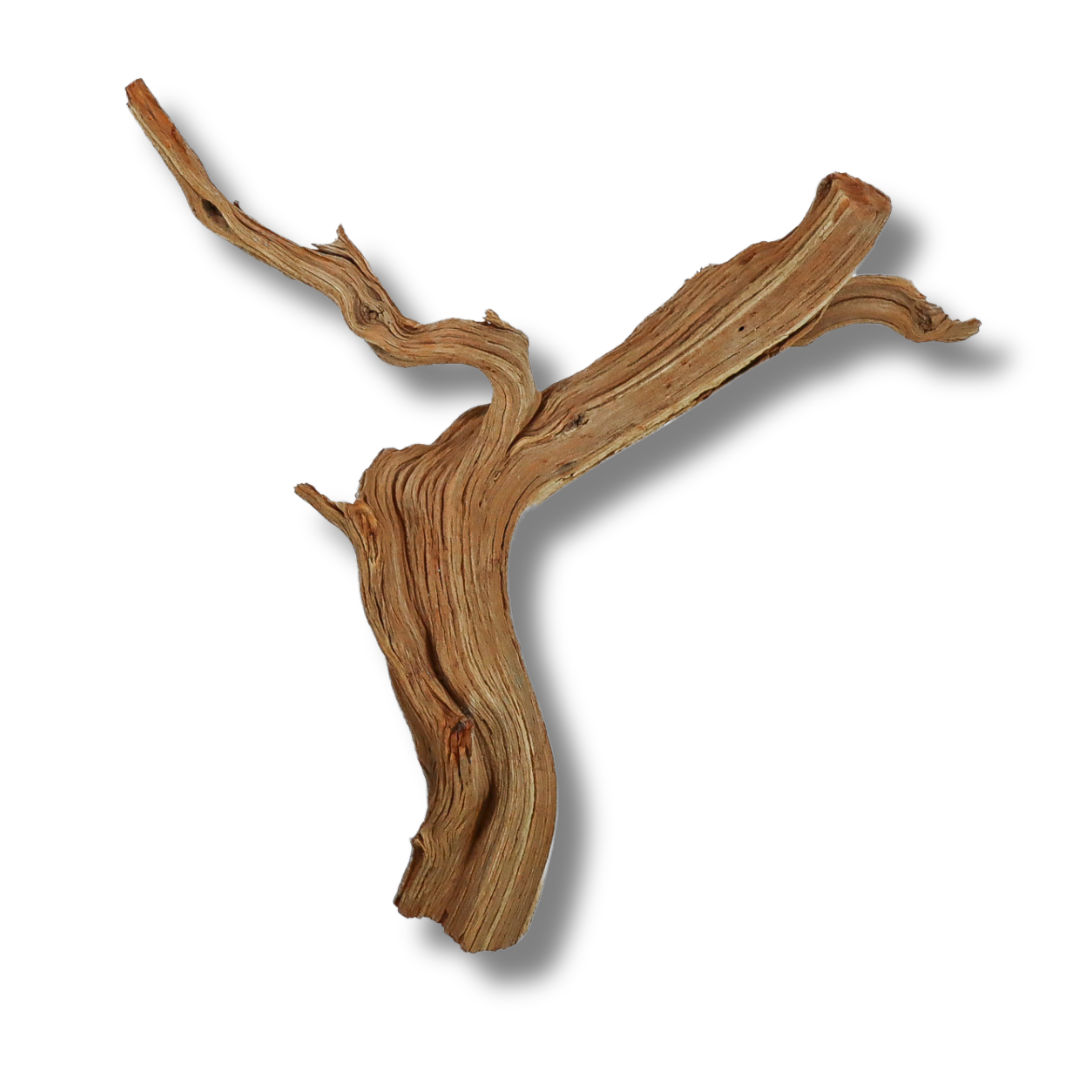
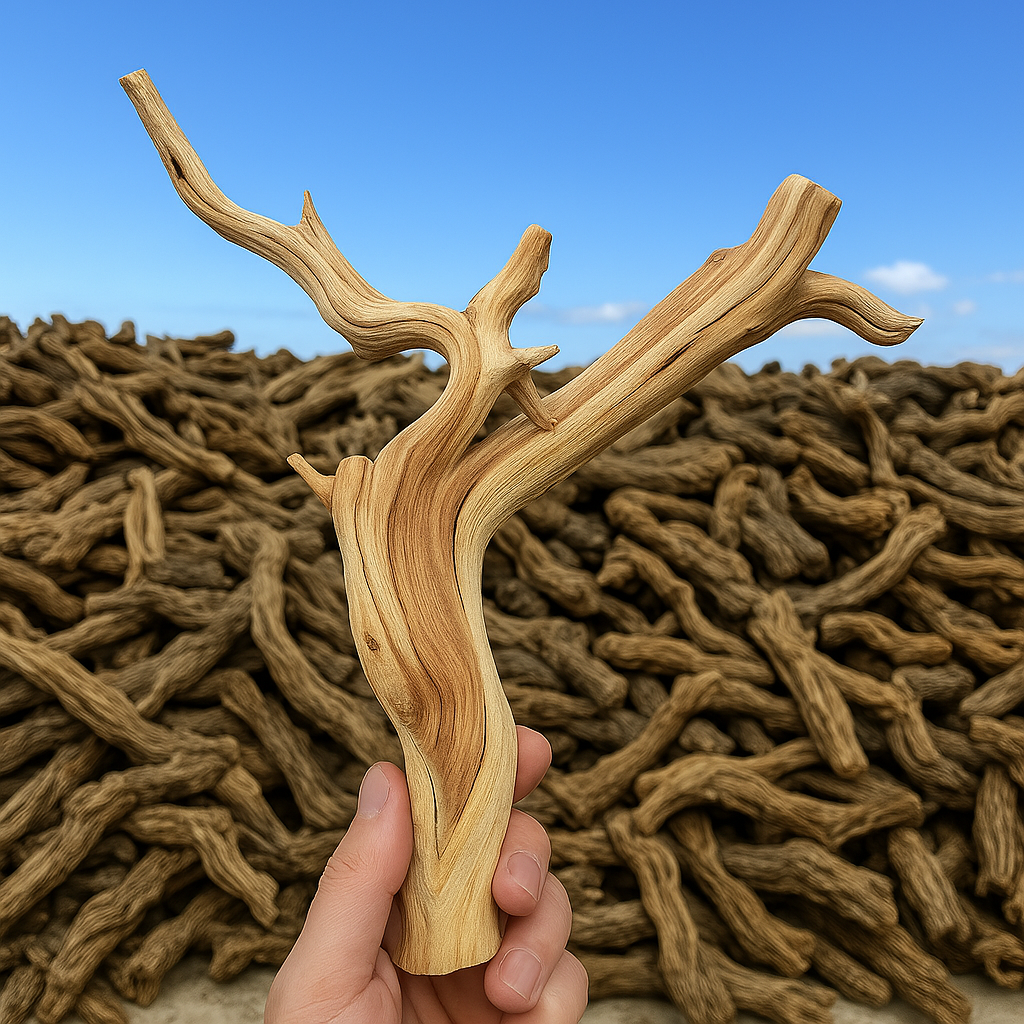
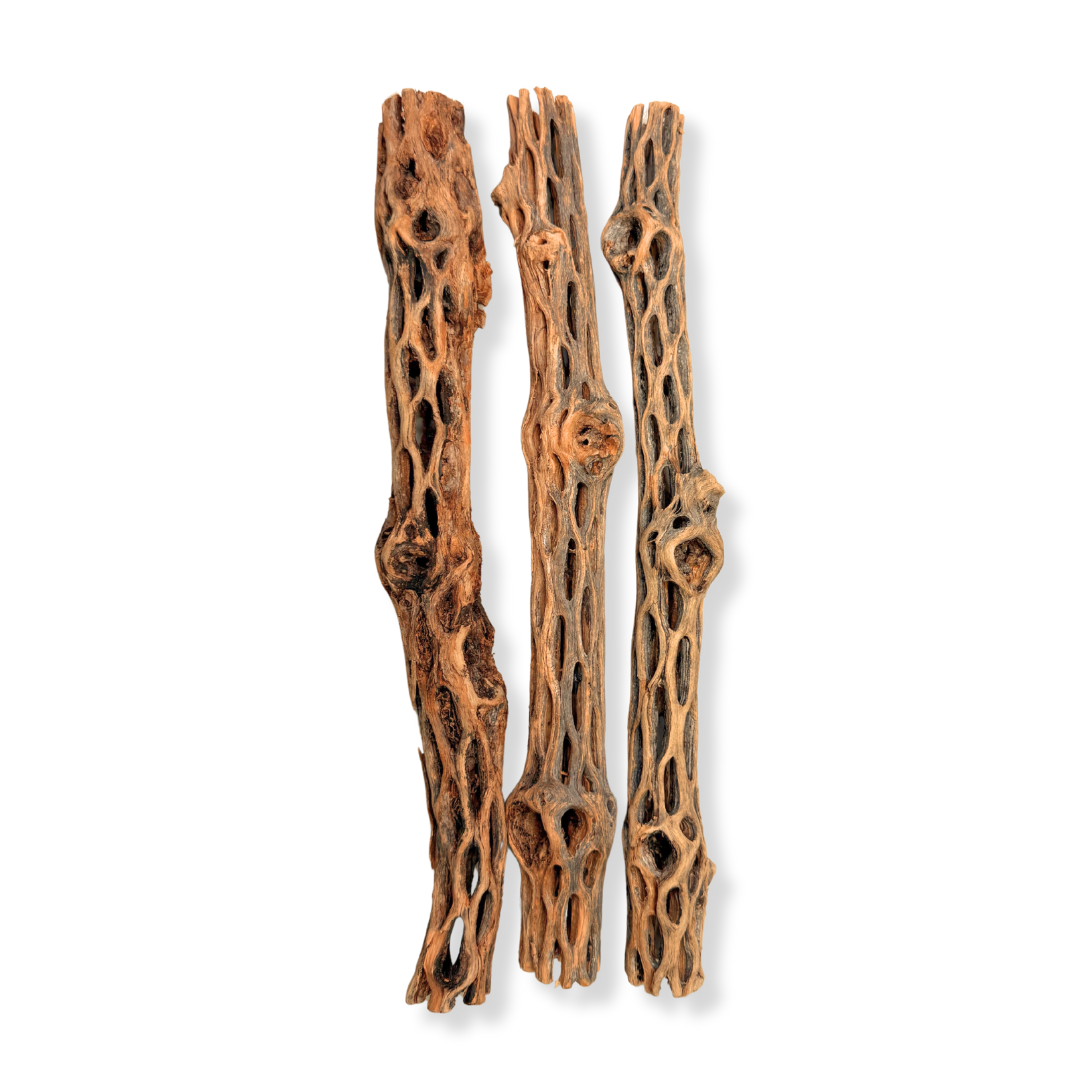
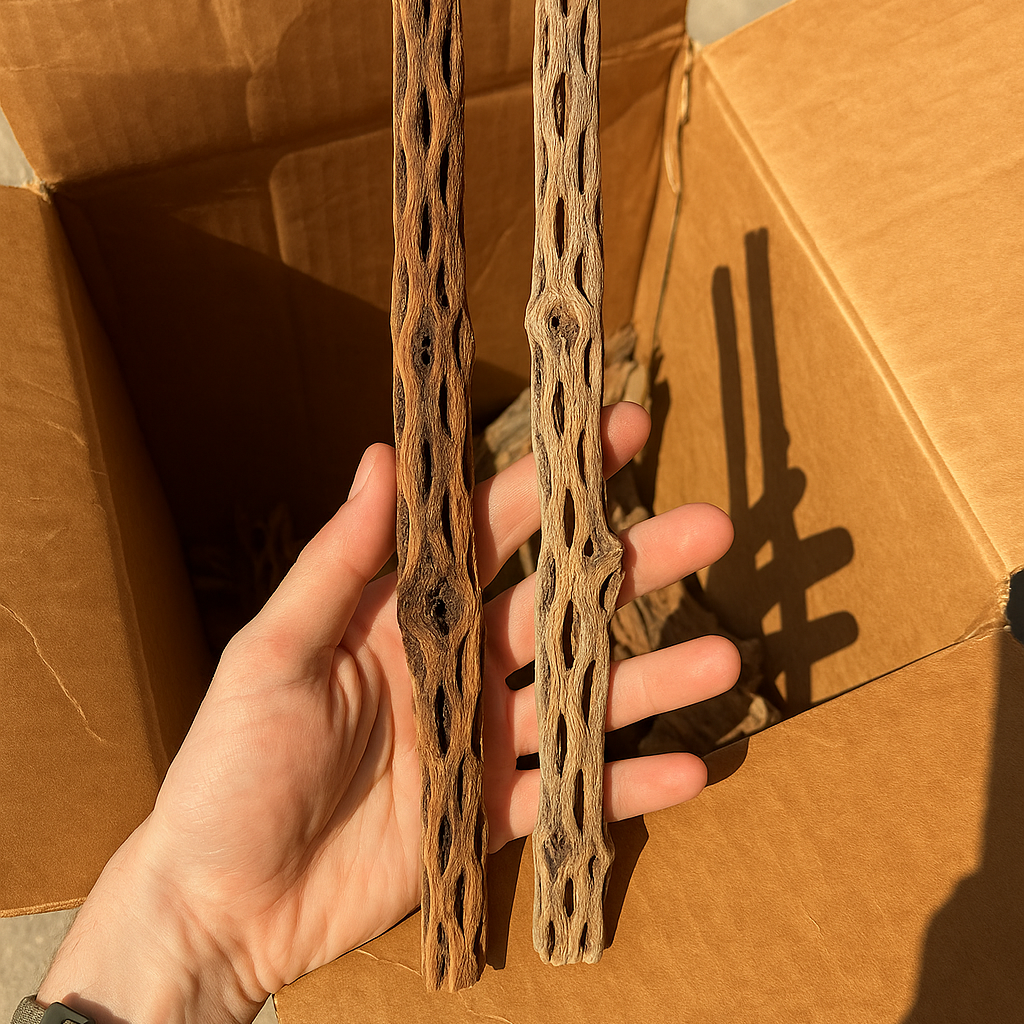
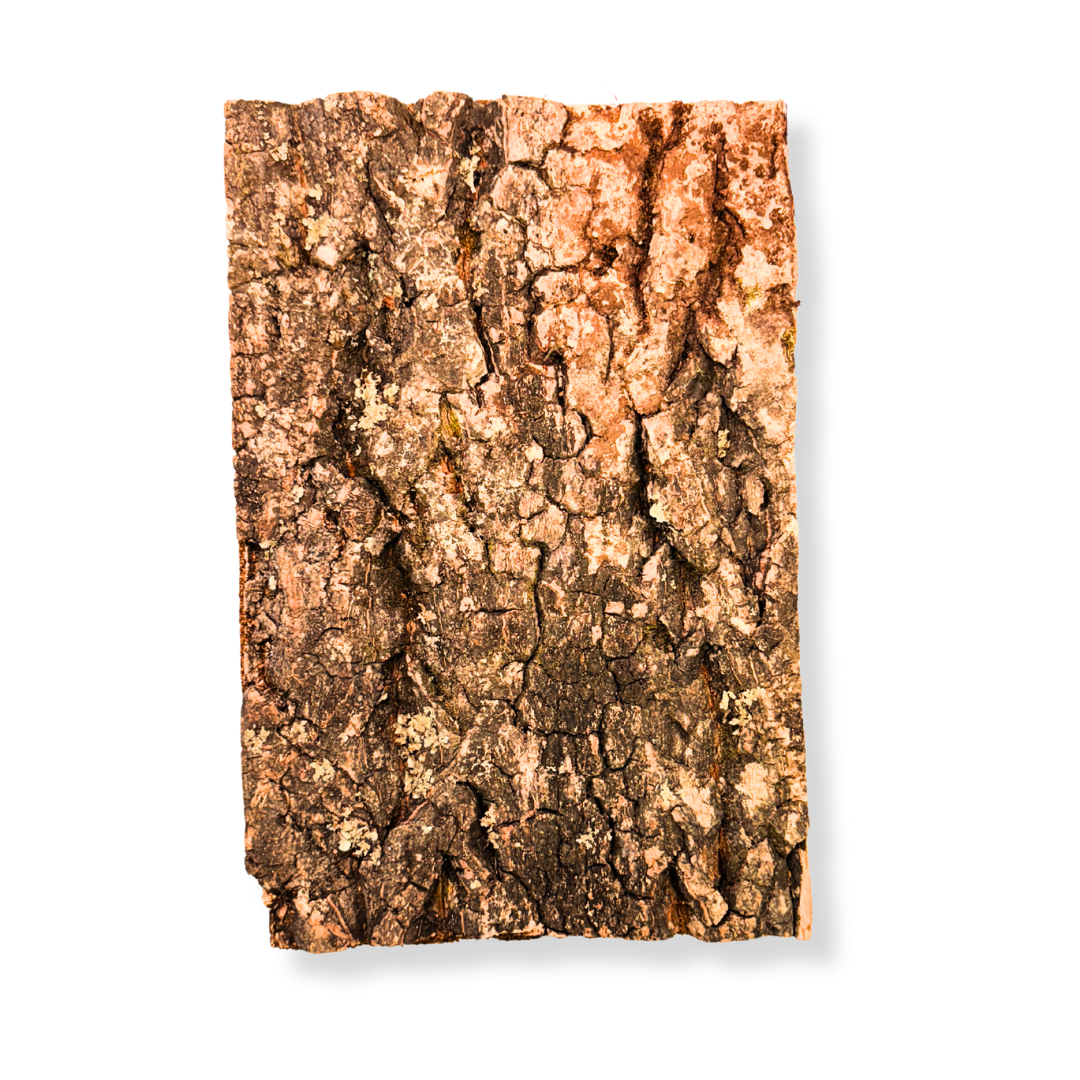
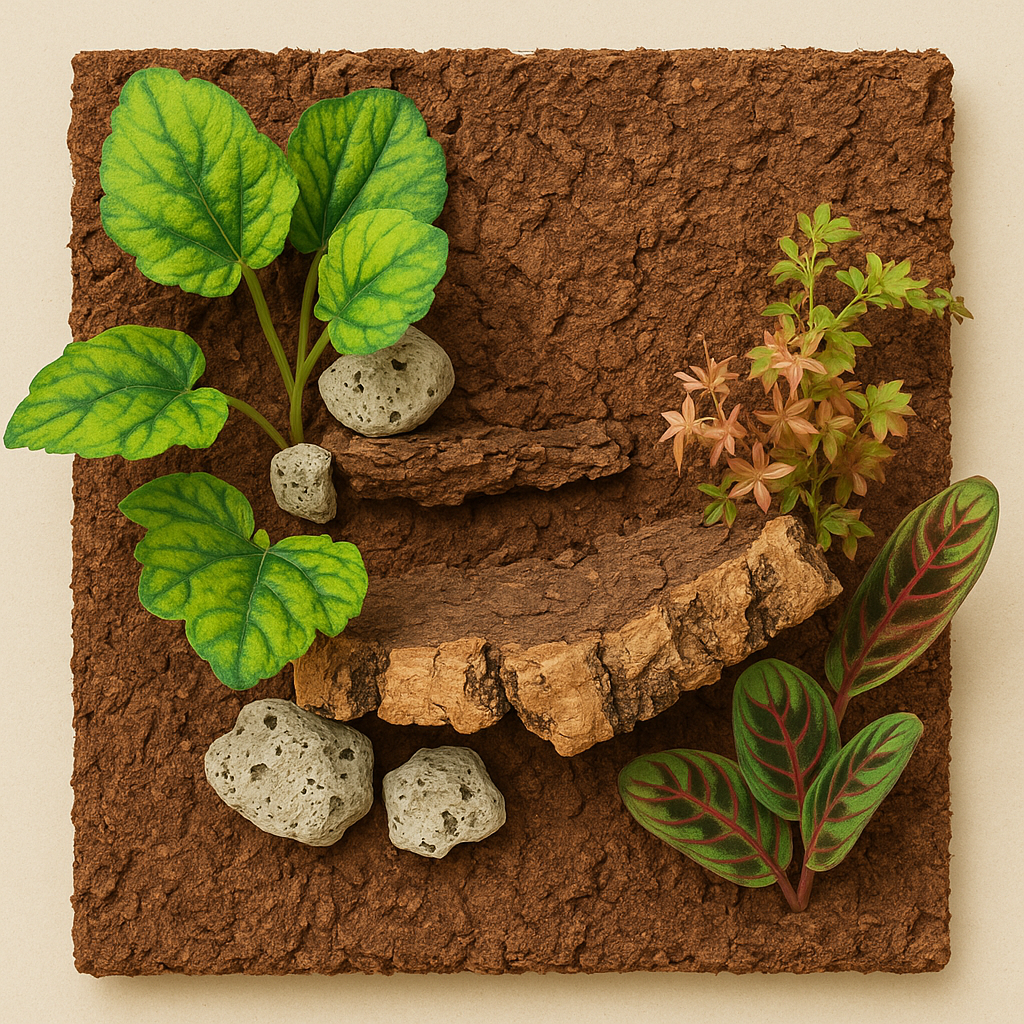
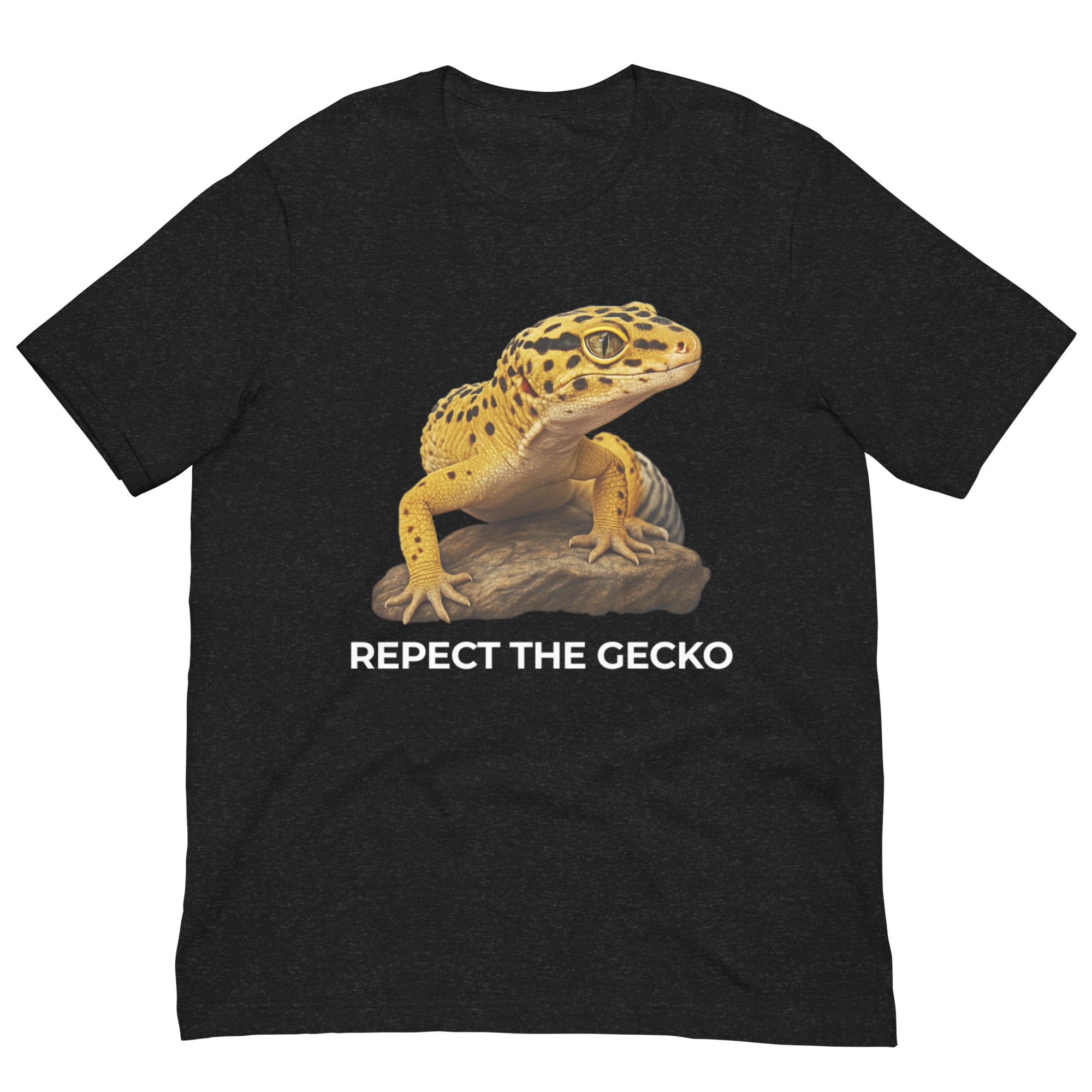
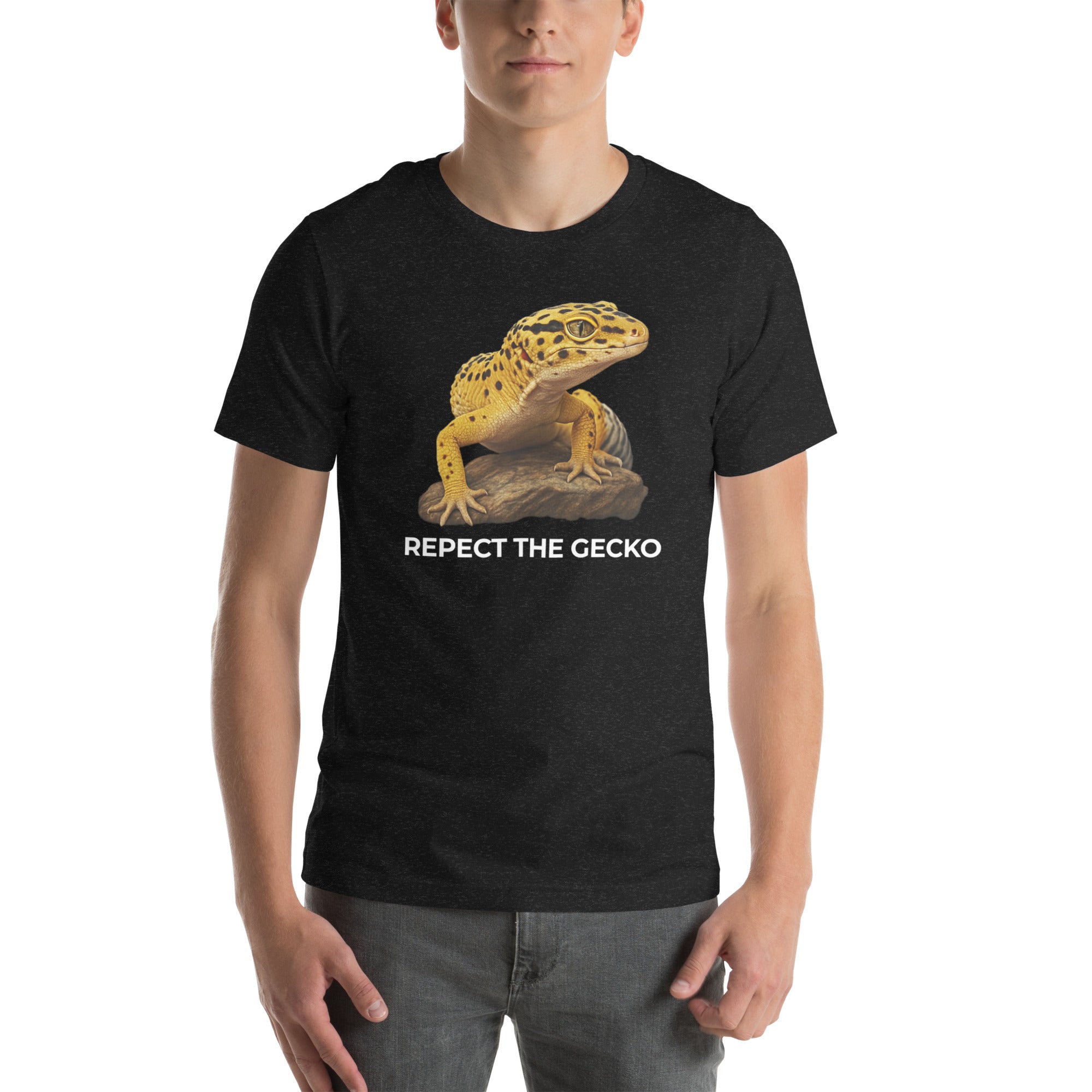

Leave a comment